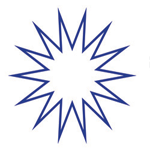| |







|
 |

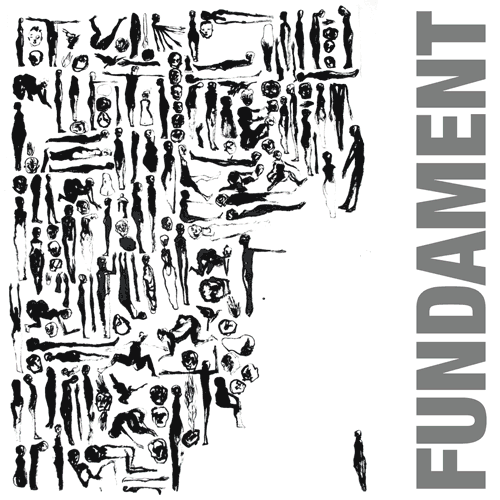
Chris Joris, Jazz and Mo #9 p.57 (09/2019)
"5 contrabassen, 2 tuba's, 1 tubax, 2 baritonsaxen, 1 bassaxofoon, een trombone en de stemmen van de instrumentisten, vormen de basis van het concept van 2 lange stukken van Peter Jacquemyn: Fundament A en Fundament B, met telkens een korte aparte impro als afsluiter.
Ik hoef je niet te vertellen dat je hier wordt ondergedompeld in een diepe, donkere tunnel van horizontale klanken, als was het een offerritueel uit lang vervlogen eeuwen. De liner notes zeggen het uitgebreid en mooi. In elk geval is dit een intrigerend pluspunt in de catalogus van el NEGOCITO Records."
Eyal Hareuveni, Salt Peanuts (21/04/2019)
"«FUNDAMENT» (foundation in Dutch) is a project of Belgian double bass player, sculptor and visual artist performer Peter Jacquemyn, dedicated to late, great German trombonist and close collaborator, Johannes Bauer (1954-2016). Jacquemyn choreographed together deep, dark and low sounds and images and created an almost spatial mass, or as he calls it «an exploration and celebration of the underflow».
Jacquemyn organized a unique ensemble, a «small army of bass instruments» focused on the most vibrant, deep-toned spectrum of sounds and breaths, comprised of five double bass players the shamans of the ensemble, tubax player, bass saxophone player, trombonist, two bass tuba players, two baritone sax player plus five vocalists, including Jacquemyn himself, who uses Mongolian Tuvan throat-singing.
«FUNDAMENT» is informed by innovative compositional ideas of John Cage, Karlheinz Stockhausen and Anthony Braxton and invites the listener to experience multitude of deep and dark vibrations and let these powerful. meditative vibrations lead to a spiritual dream state, a «temple» of imaginative aural terrains and sonic images. During the performance of «FUNDAMENT» the musicians are placed in different positions of the venue («FUNDAMENT» was rehearsed and recorded at Nona arts centre in Mechelen, Belgium), marching forward, back and across the venue, producing a fascinating sonic environment where the deep and resonant timbral exchanges of different families of instruments move in synchronized directions.
«FUNDAMENT» succeeds to create its own sonic universe. A massive and almost tangible entity of dark, deep-toned sounds that keeps embracing the listener with more and more layers of seductive sounds. These resonant sounds have cumulative powerful, emotional effect, almost a psychedelic one. You may feel that your senses are attuned anew to capture the most delicate and fragile vibrations, experiencing to the fullest by all sonic and visual nuances. The short interlude, especially the second, the meditative chanting of «earth», call for a humble kind of compassion, maybe asking to apply the powerful experience of «FUNDAMENT» in our daily life."
Ken Waxman, Jazzword (16/02/2019)
"Deepening an approach to bottom-sourced pitches within group improvisation is Belgian double bassist Peter Jacquemyn who has previously determined that an abundant musical program can be created exclusively from the textures available from four or five basses. Upping the ante on Fundament the two extended and two brief tracks that make up this disc pull a polyphonic collection of chiaroscuro tunes out from an ensemble consisting of five double basses, two pedal-point pitched brass instruments (trombone and tuba); five nephritic-yawning saxophones, with ranges dipping from baritone to tubax, and the subterranean vocal growls of all 11 participants.
In essence "Blow" and "Earth" the two concise tracks are means as intermezzos. The first demonstrates how swiftly and treble pitched everyone can play is a respite between the two-part title tracks, while the concluding "Earth" succinctly highlights and actualizes into the theme, all the buzzing and whistling expressions and contrasts which have been shaped and molded during the extended tracks.
Like variations on bespoke tailoring, both of the improvisations include multiple affinities. The sonic equivalent of bias-cut for individuality, such a concept is familiar to Jacquemyn, who besides playing with the likes of Evan Parker is an acknowledged wood sculptor. Pitch-sliding emphasis on chalumeau sequences often makes the sounds earth-shaking as well as intensely personal. As the ground-bass priorities advance however, the undulating mass expands into upper registers as well as lower ones. Still, only three-quarters through "Fundament A" do crackling hunting-horn-like blats from the brass work their way out from the contrapuntal polyphony. More crucially the slow-moving discord is personalized at the end by mouth gurgles that suggest Tuvan and Inuit throat singing as well as less pleasant human retches and choking. Returning to the narrative in "Fundament B" at points musical palindromes are introduced to the exposition, which shifts between unison fortissimo explosions from all concerned and hushed singular asides where skittering double bass lines, brass guffaws, and sinewy reed pressure can be identified. After a downshifting pause double bass wood-slapping and supple tongue smears from the saxophones redefines the narrative which propels one last surge of strained repetative energy that splinters into a conclusion of fading tone and vocal burbles.
Proof that there are enough pitches available from officially designated bottom-pitched instruments to create a colorful program, Fundament's triumph is its enlargement of low tones past what most consider their limitations."
bertl, freiStil #82 jan/feb
"Von einem Ensemble, das aus fünf Kontrabässen, einem Tubax, einem Bass- und zwei Baritonsaxofonen, zwei Tubas und einer Posaune zusammengesetzt ist und dessen Mitglieder sich auch noch gutturalen Gesangs befleißigen, lässt sich wahrlich behaupten, dass ihm das musikalische Fundament ein besonderes Anliegen ist. Inwieweit allerdings der Konsum einer Dokumentation musikalischer Ereignisse, für die es wesentlich ist, dass die Spielerinnen und das Publikum auf verteilten Orten im Raum positioniert sind, mittels Stereo-Tonträger tatsächlich auch nur einigermaßen an das bei einer Aufführung vor Ort Erfahrene heranreichen kann, ist aber wohl ziemlich fraglich. Improvisatorische Entwicklung spielt bei Fundament nur eine sehr untergeordnete Rolle, es geht vielmehr um das Nebeneinanderstellen und Aneinanderreihen verschiedener musikalischer Episoden im Raum. Diese Episoden, ineinander übergehend, oder voneinander getrennt, beinhalten etwa aus, oder in, der Tiefe Glissandiertes, dort Waberndnes und Flächiges, aus dem höher Tönendes wie Säulen emporragt, sowie auch stärker Bewegtes, was an gekräuselte und schließlich mehr in Wallung geratende Oberflächen weiter, dunkler Gewässer denken lässt, über die der eine oder andere Partikel wie irrlichternd herumflackert. Wie man sieht, mag aber doch schon die CD-Aufnahme Eindrücke hervorzurufen – das Ganze ist abwechslungreich, interessant und spannend."
Herman te Loo, Jazzflits 309 p.10 (24/12/2018)
"Rond de eeuwwisseling had Klaas Hekman al eens een band met drie contrabassisten en zijn eigen bassaxofoon. Het superlage geluid van die combi- natie intrigeert de Belgische contrabassist Peter Jacquemyn blijkbaar ook. Maar hij gaat nog een flinke stap verder in de samenstelling van zijn en- semble. Met maar liefst vijf contrabassen, twee tuba's, trombone, twee baritonsaxen, een bassax en de vervaarlijke tubax (een soort contrabassaxo- foon) brengt hij een onwaarschijnlijk gezelschap op de been. Het belangrijkste is natuurlijk: wat doe je ermee? Jacquemyn schreef een tweetal grote grafi- sche partituren, waarin hij zich liet inspireren door componisten als John Cage, Anthony Braxton en Karlheinz Stockhausen. In 'Fundament A' horen we breed geschetste klankvelden, waarin de bovento- nen van het lage instrumentarium een fascinerend eigen leven gaan leiden. Omdat alle muzikanten ook nog eens hun stem gebruiken met behulp van Mongoolse keelzang (waarbij de boventonen ook de ultieme klank bepalen) ontstaat een griezelig klank- spectrum dat werkelijk ongeëvenaard is. Elementen als harmonie en ritmiek zijn een tamelijk onbedui- dende rol toebedeeld, waardoor je het gevoel krijgt naar een audioversie van de streken op een ab- stract expressionistisch schilderij te luisteren of een onbestemd ritueel. Een optreden van het gezel- schap moet ook een overweldigende fysieke erva- ring zijn. 'Fundament B' biedt wat meer ruimte en helderheid tussen de klankblokken en ook meer 'extended techniques' van de blazers, waardoor de muziek herkenbaarder is als 'Europese geïmprovi- seerde muziek'. Datzelfde geldt voor het korte stuk 'Blow' (met uptempo geplukte bassen en scheuren- de blazers). Het afsluitende 'Earth' is weer een diep staaltje boventoonzang."
Stef Gijssels, Freejazzblog (10/11/2018) ****1/2
"Belgian bass-player Peter Jacquemyn is probably best known for his collaborations with Evan Parker, Peter Kowald, André Goudbeek and free jazz musicians, usually in small ensembles. Now, he's taken on a more ambitious project, called "Fundament" (Dutch for 'foundation'), a composition/improvisation for instruments that play in the lower register.
The band are Peter Jacquemyn, Yannick Peeters, Kristof Roseeuw, Lode Leire, Pieter Lenaerts on double bass, Erick Sleichim on tubax, Jan Pillaert and Carl-Ludwich Hübsch on tuba, Matthias Muche on trombone, Gregoire Tirtiaux and Mathieu Lilin on baritone saxophone, and Peter Verdonck on bass saxophone. Several of the musicians add their vocal capacities, especially the leader who is versed in Mongolian tuva chanting. The band is unusual, to say the least.
Jacquemyn's endeavour is to bring something foundational, not only literally by creating a deep and overwhelming bass ensemble, but also at a deeper, spiritual level, namely to feel the vibration of life, feel the resonance in a real physical sense. I had to the pleasure to assist one of the performances in the Saint Jacob Church in Ghent, where the band occupied the larger part of the church floor and moved forward and backward, walking behind the massive pillars, come close the audience, and creating distance again, sometimes all together, sometimes with musicians moving in different directions according to a beautifully orchestrated choreography. This amazing physical aspect of the performance can of course not be experienced on this album, and that's a shame, really.
Below, I share two excerpts of the concert to give an idea of the performance. Recorded with iPhone, so apologies for the lack of quality and stability.
Back to the album: first, it has been quite a feat to capture the essence of the performance on record, even if you do not experience the full resonance of the space, you get dragged into this wonderful and special sonic universe, one that offers both the calming effect of single tone mantra-like bass voices with the more terrifying sounds of interjected screams or instruments. ... or the magnificent moment of complete distress on the short "Blow".
"Fundament B" is less linear than "Fundament A", and starts with a multitude of bowed basses conversing, in dark, ominous tones, as it evolves into a stop and go game between the basses and the trombone, or the collective versus the individual, until a much deeper groundswell by the horns takes over, in a strange contradiction of massive minimalism, something that is both solid and simple, but with enough variation to keep the tension going.
The album ends with "Earth", a monotonous chant with the whistling tuva sounds shimmering over deep bass voices, sounds that come from the core of the earth and connect us with the things on it, disrupted by savage growling sounds of Jacquemyn.
The album is not as strong as the actual concert - and how could it be? - yet it captures the essence well. It is offers an amazing listening experience, a work of art full of creativity, audacity, intelligence and something deeply foundational.
Don't miss it!"
Akim A.j. Willems, Cultuurpact (02/10/2018)
"ZET DIE PLAAT AF!
"Moet dat zo luid?", brulde mijn vader telkens wanneer ik, bij het begin jaren '90, de versterker weer eens op 11 draaide om een plaat van Sonic Youth te beluisteren. Dat moest inderdaad. Want sinds hun passage in de Brielpoort wist ik: deze muziek moet je niet gewoon beluisteren, je moet die ook voelen en ondergaan. Daar had mijn vader geen oren naar. Er werd bij ons thuis dan ook al "Zet die plaat af!" geroepen toen BDW zijn broek nog sleet als rechtenstudent aan de univ van Antwerpen.
Een generatie verder is de muzikale verstandhouding tussen vader en zonen, voorlopig, iets beter op elkaar afgestemd: mijn oudste (6) vraagt regelmatig om "iets chills van Miles Davis" op te leggen en de jongste – hij werd het voorbije weekend 4 – kwam, terwijl ik "Fundament" (van Fundament) aan luisterbeurt twee of drie onderwierp, de bibliotheek binnen met de boodschap: "Papa, dit is écht een mooi muziekje. Echt wel."
Daar had de neerslag van mijn luisterervaring eigenlijk kunnen eindigen – meer complimenten heeft een cd/lp niet nodig – maar dan gaat de hoofdredactrice weer beweren dat ik er met mijn klak naar gesmeten heb. Dus zetten we de plaat nog maar eens op terwijl we u het volgende meegeven.
HOW LOW CAN YOU GO?
Ook de muziek van Fundament moet je eigenlijk – een project van tekenaar, beeldhouwer, performer en contrabasspeler Peter Jacquemyn – live beluisteren. Of beter: meemaken, lichamelijk gewaarworden, mentaal én fysiek doorleven. Maar met het volume hoog genoeg gaat deze verkenning van de lagere regionen van het klankenpalet – de bezetting: vijf contrabassen, twee tuba's, twee baritonsaxofoons, een bassaxofoon, een trombone, een tubax en een aantal stemmen/keelzangers – ook op cd of lp letterlijk door merg en been.
MASSAMUZIEK
"Fundament" is niet zomaar een cd of lp. Het is een uitnodiging. Om je open te stellen voor een vibrerende vorm die je tot in je kern kan raken, er je verbeelding en creativiteit masseert en je in staat stelt om de dingen anders te voelen en te zien dan ze zijn.
Fundament gaat voorbij het louter auditieve. De fysieke kracht van adem, adem waarmee blazers diepe, duistere geluiden uit instrumenten jagen, het vleselijke van handen en vingers die contrabassen betasten, strijkstokken die snaren strelen of geselen en ritueel trillende stembanden van (keel)zangers; het zijn vier ingrediënten die bij Fundament samengevoegd worden om geluidsgolven tot een stevige ruimtelijke geluidsmassa – waar de belever van de composities letterlijk in kan opgaan of onderduiken – te roerbakken.
MENU
Op de menukaart van "Fundament" staan vier verschillende roerbakschotels: "Fundament A", "blow", "Fundament B" en "earth".
Ze zijn allemaal om bij te watertanden, maar wij smulden het meeste van nummer 1 en 3: de ingrediënten waren helemaal naar onze goesting, afgemeten gewikt en gewogen zoals alleen chef-muzikanten dat kunnen, werden heel langzaam tot op hun ideale punt gegaard – "Fundament A" klokt af na ruim negentien minuten, "Fundament B" heeft iets minder dan een minuut minder nodig – en de porties zijn niet te groot en niet te klein. "blow" en "earth" waren ook niet slecht, maar eerder iets voor een klein hongertje."
|
 |
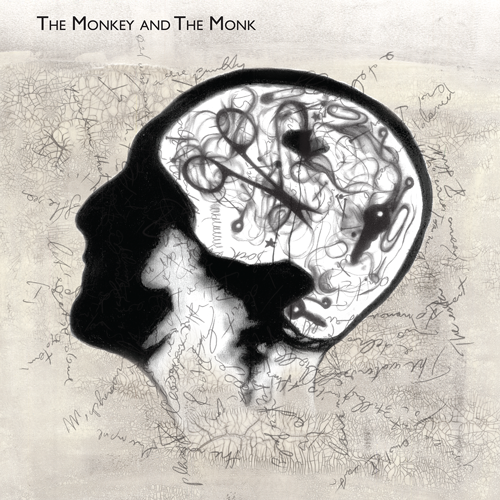 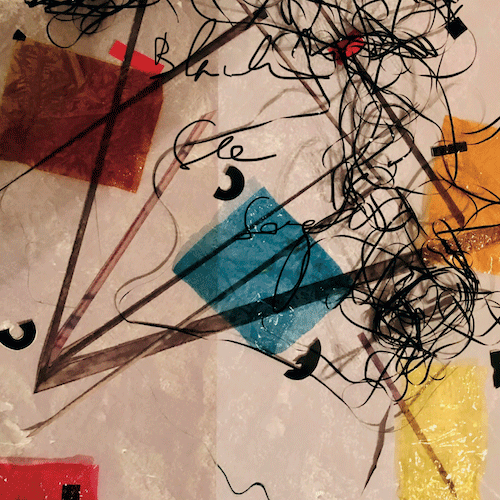 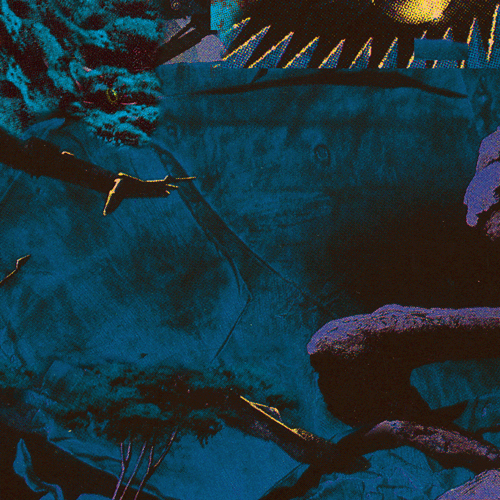 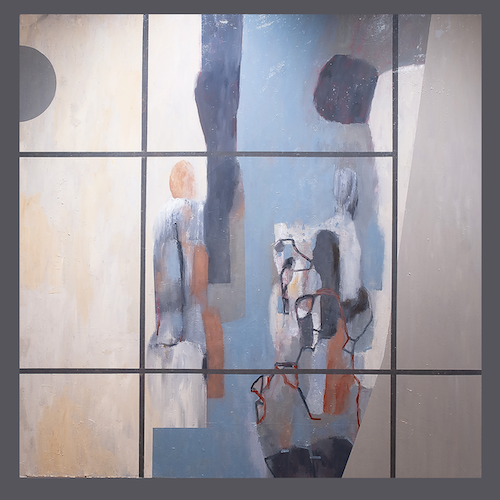 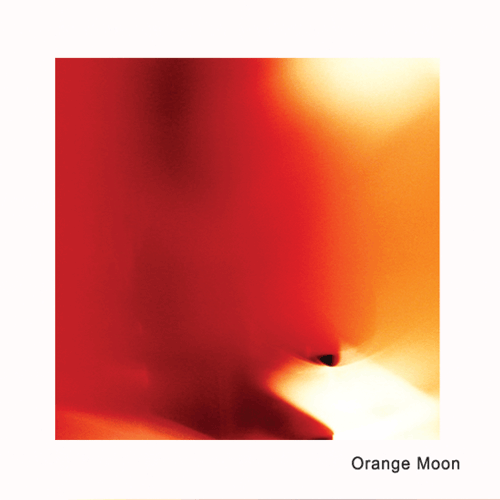
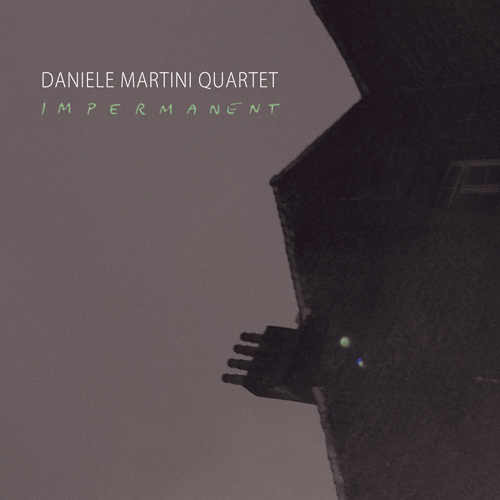 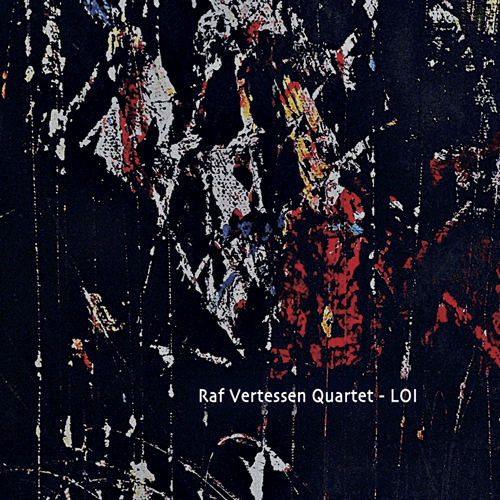 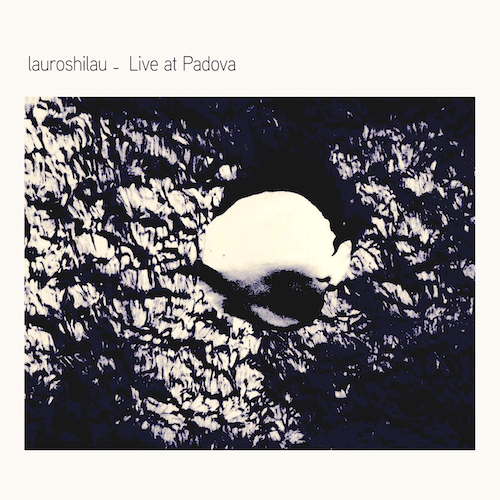 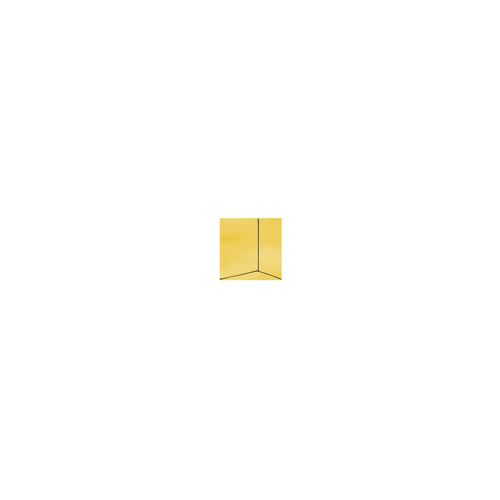 
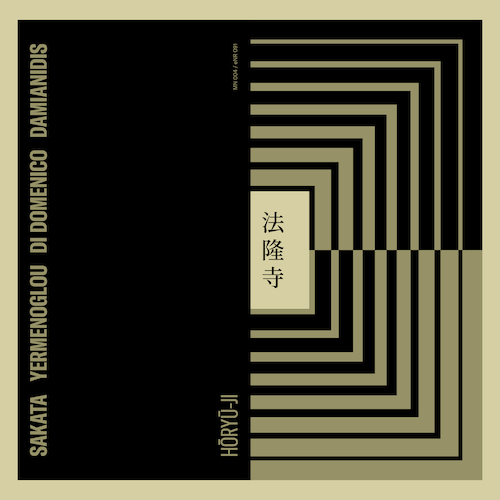 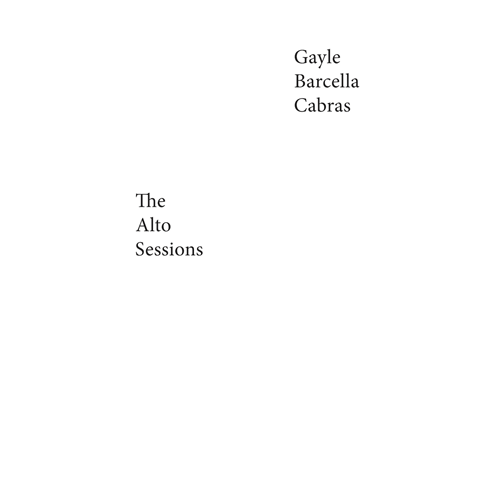 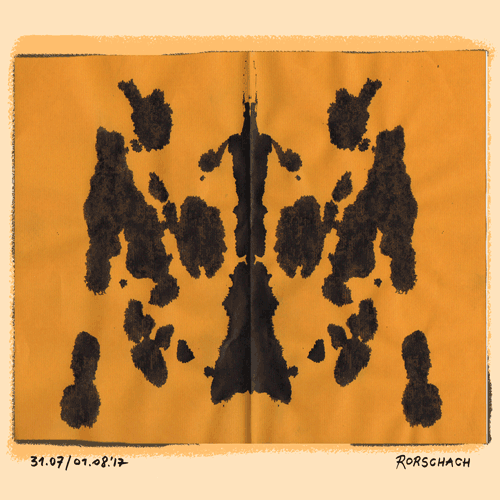 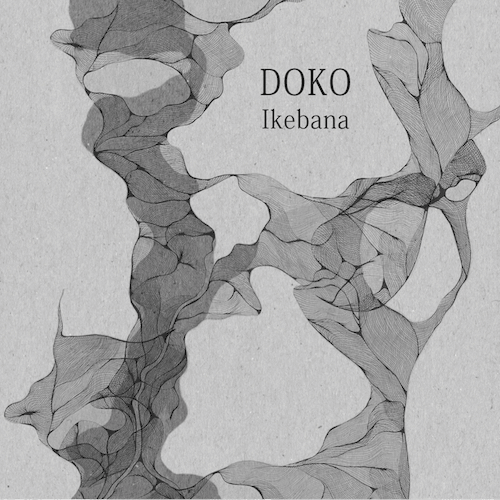 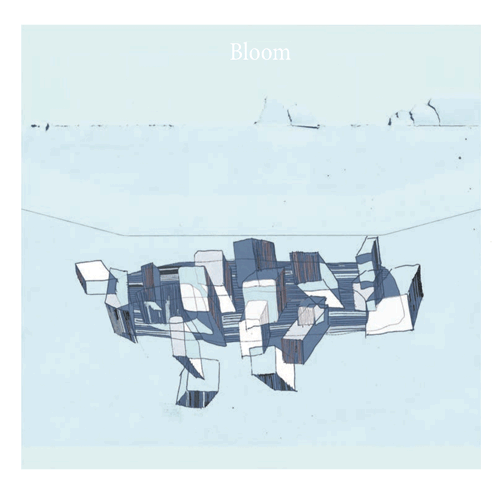
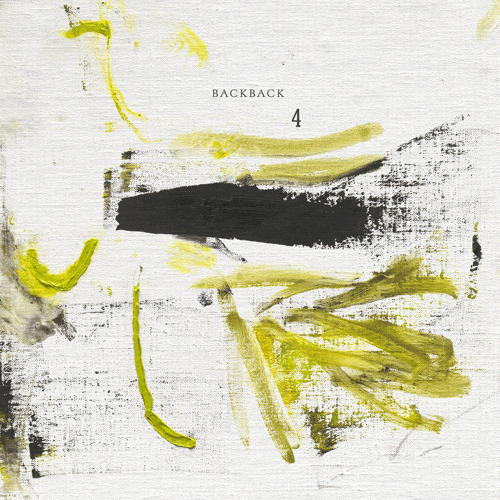 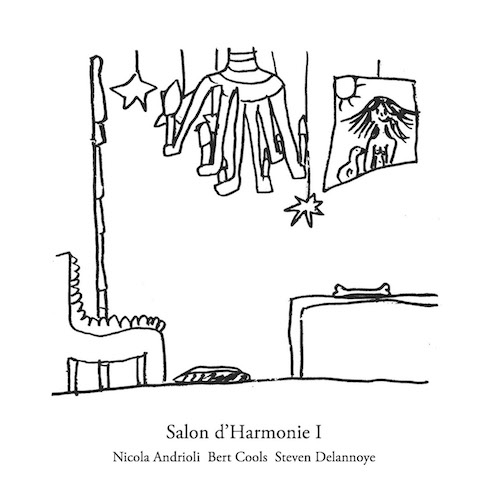 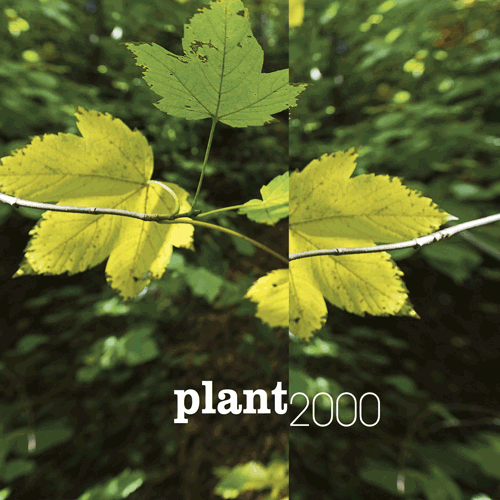 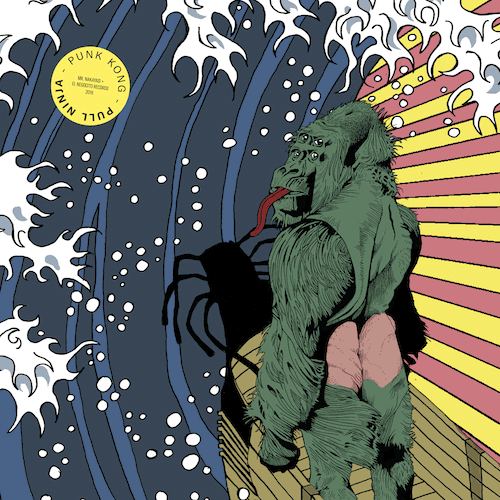 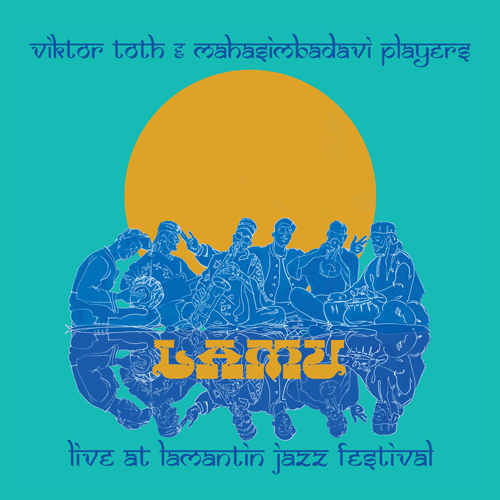
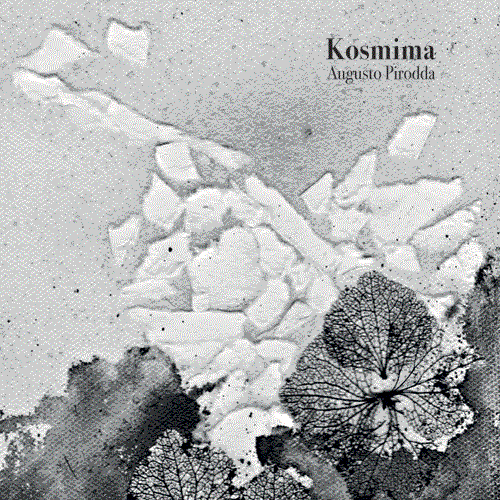 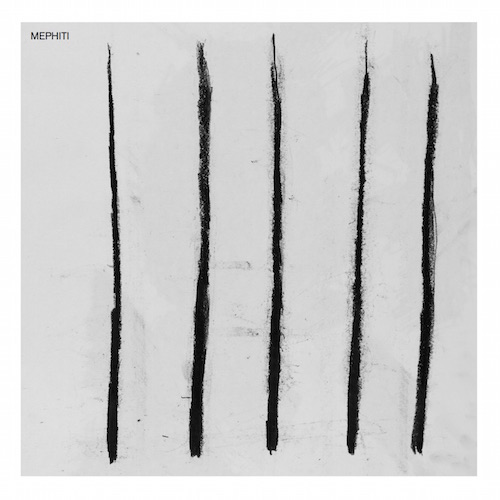 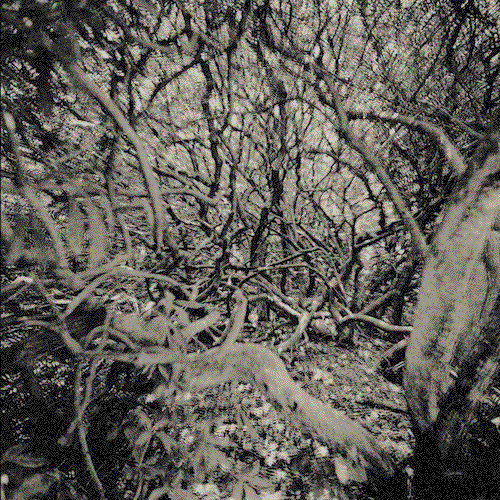 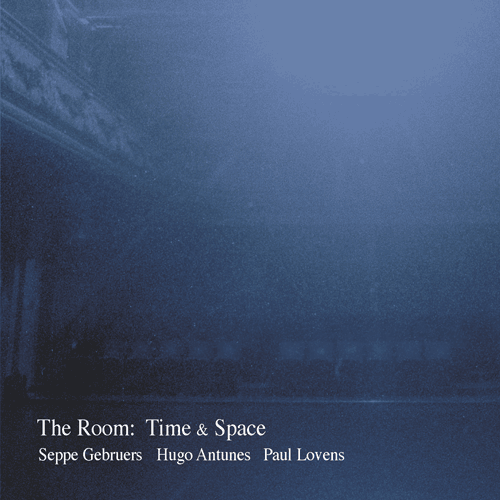 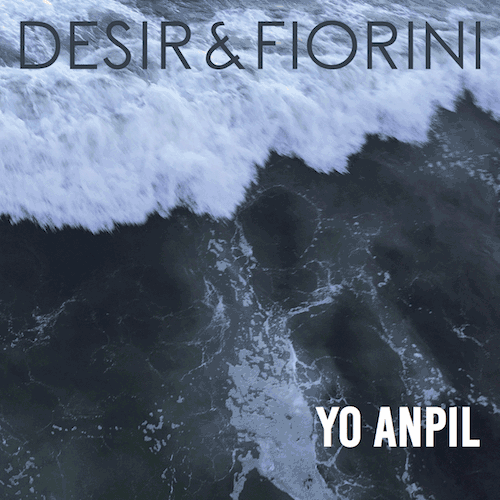
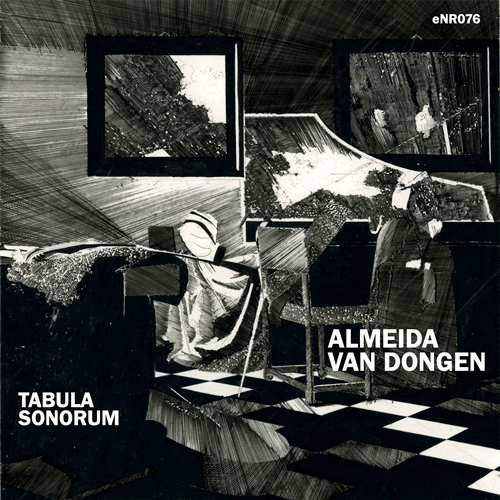 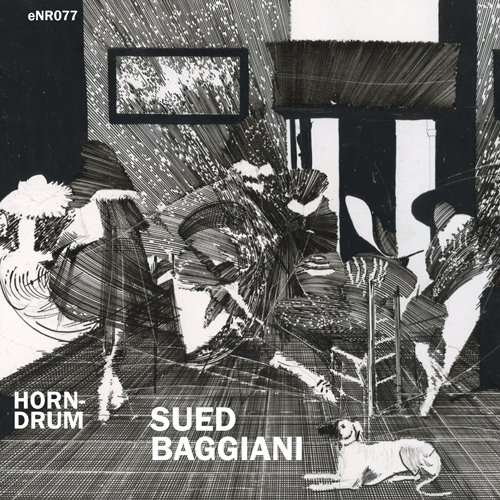 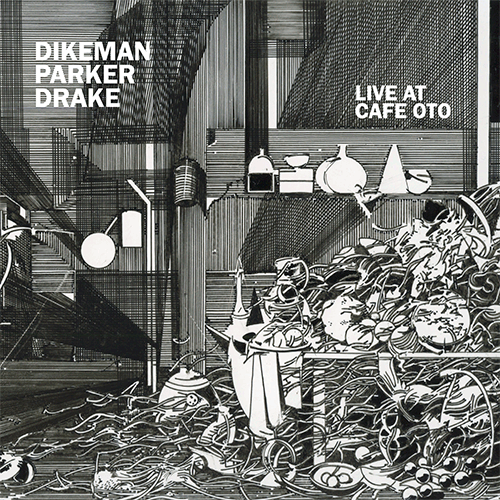 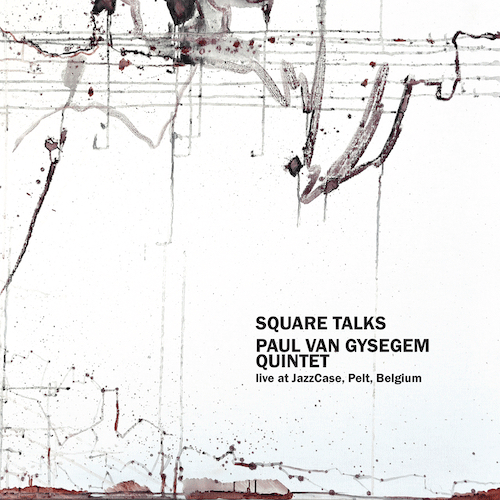 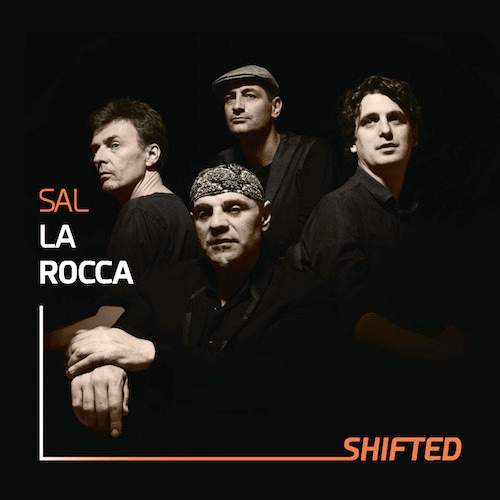
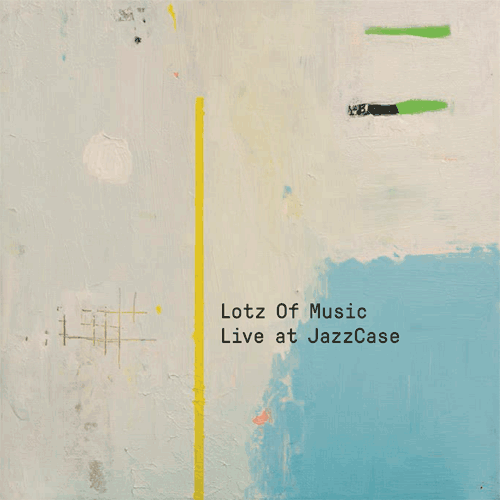 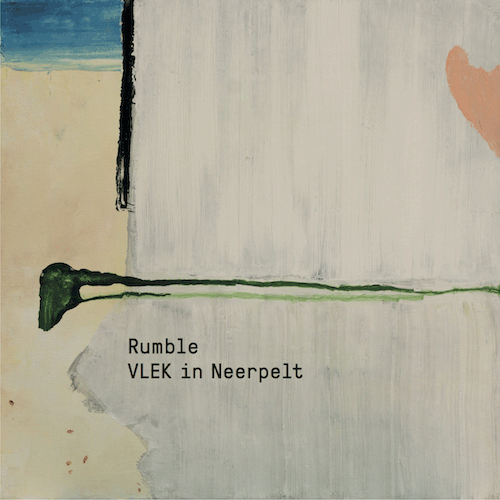 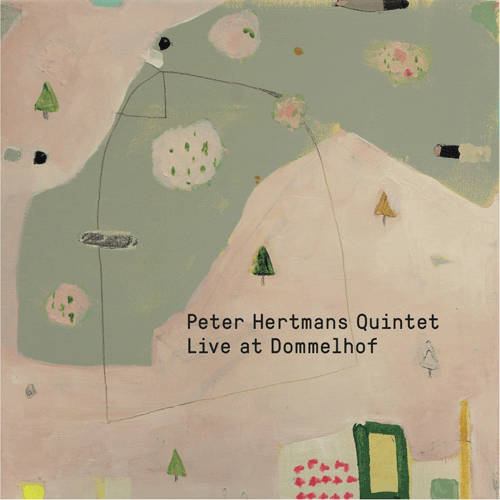 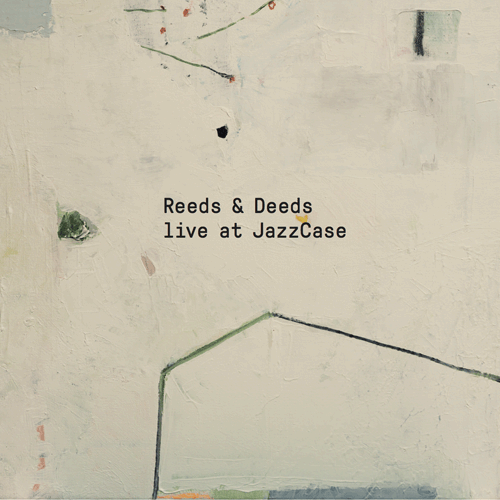 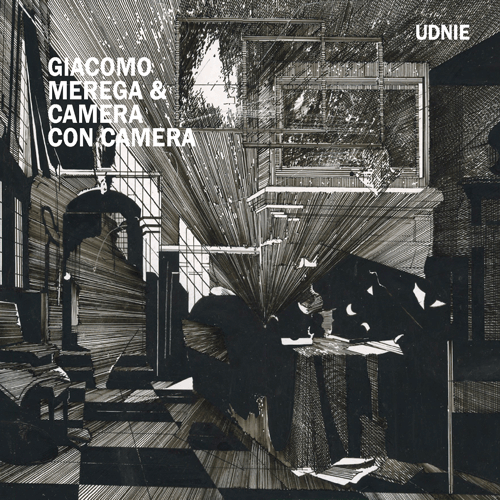
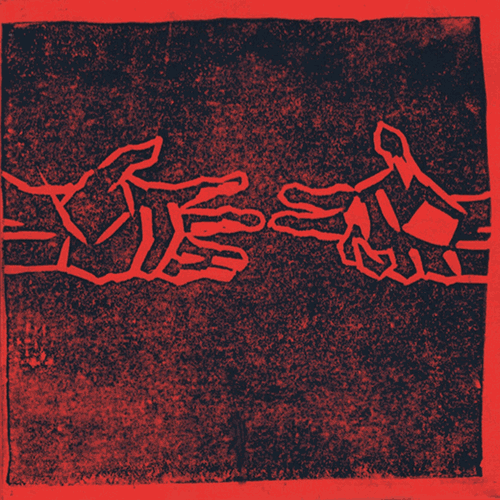 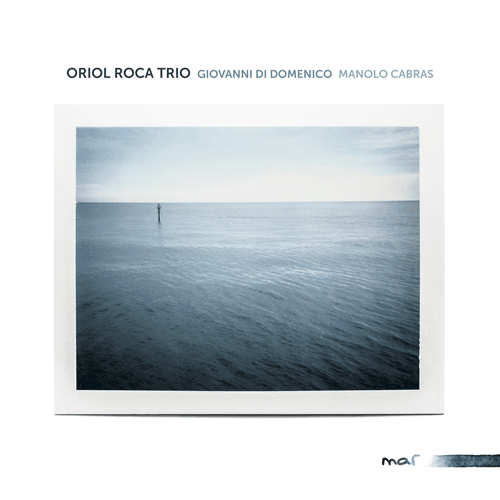  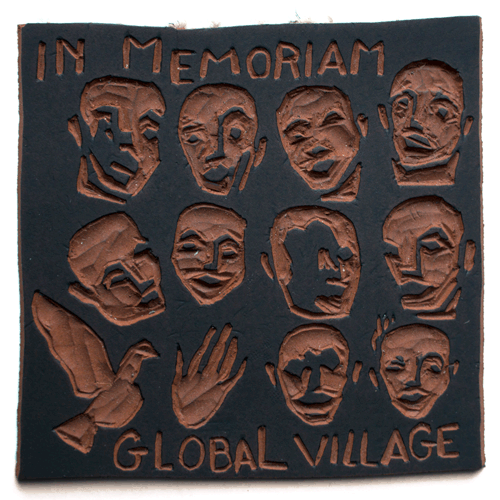 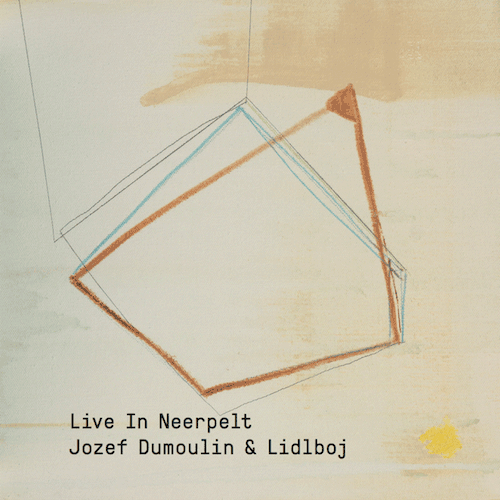
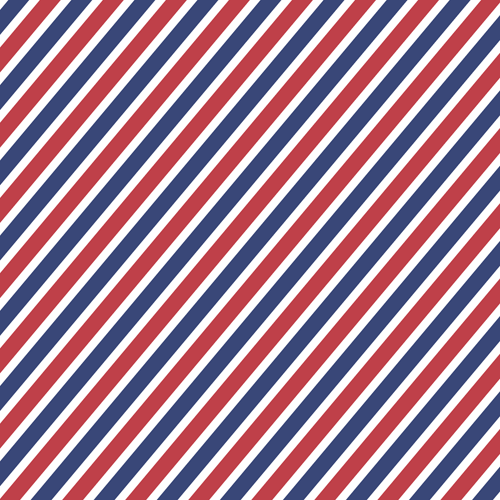 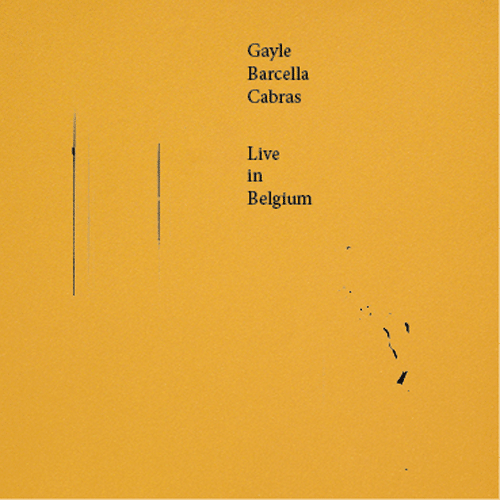   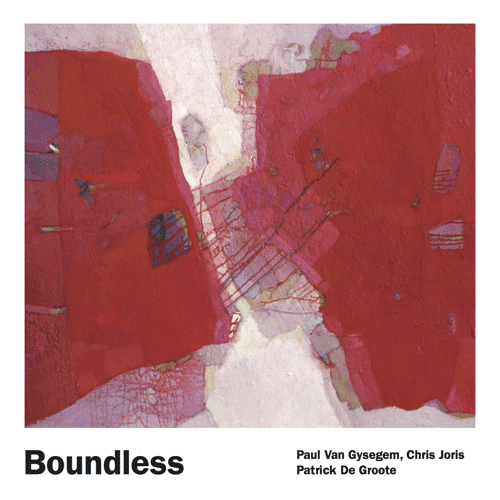
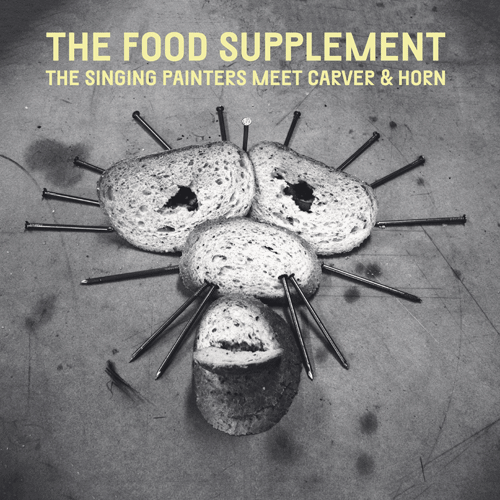 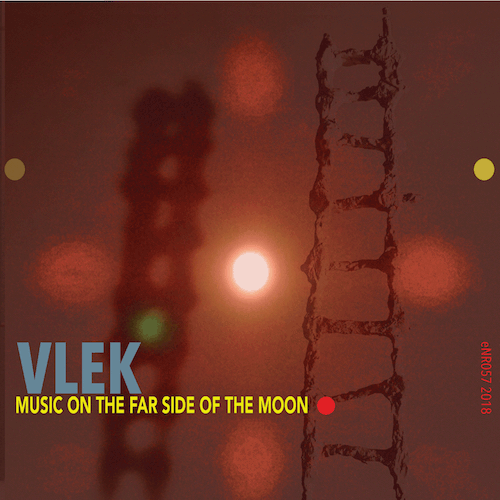 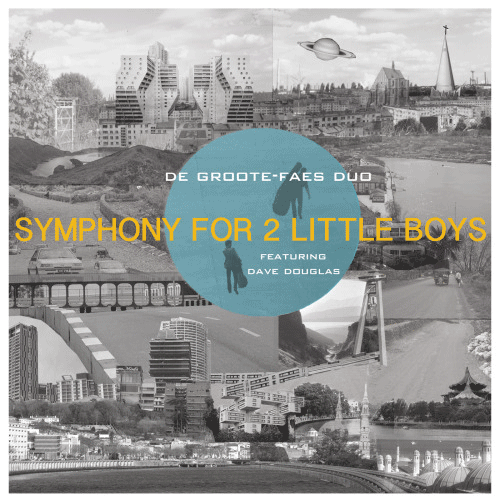 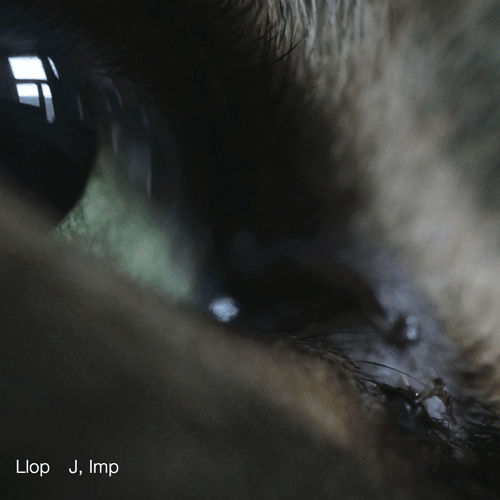 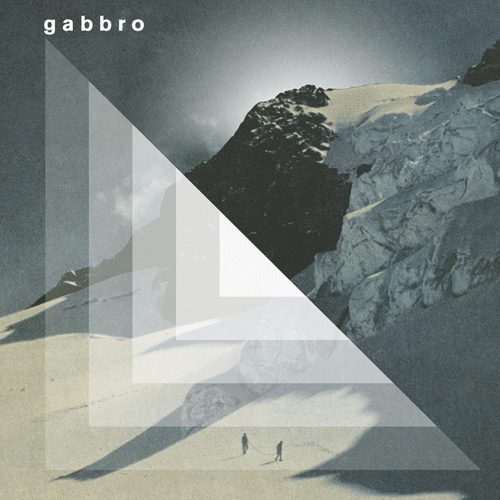
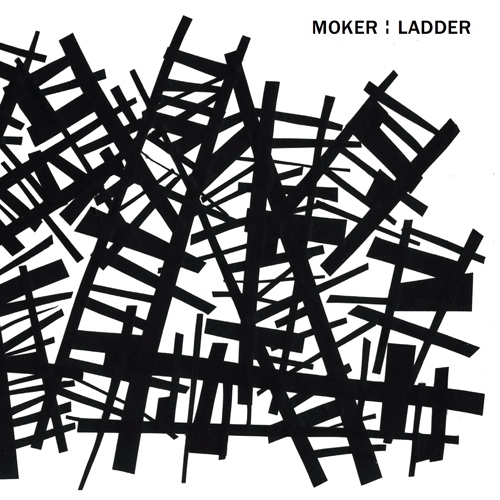 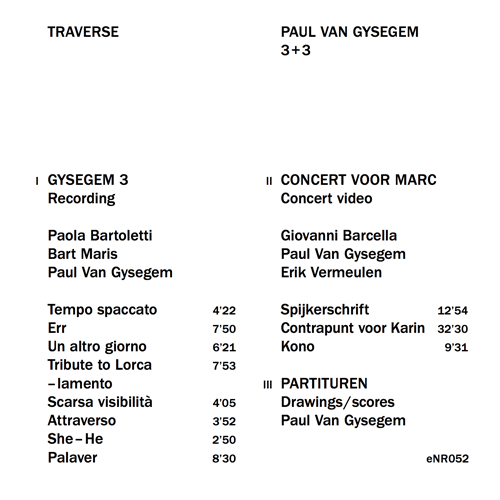 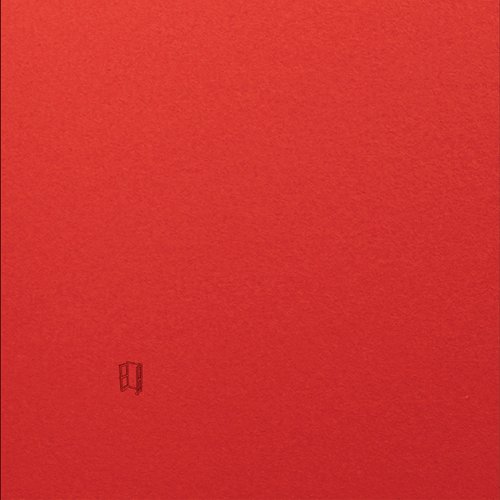 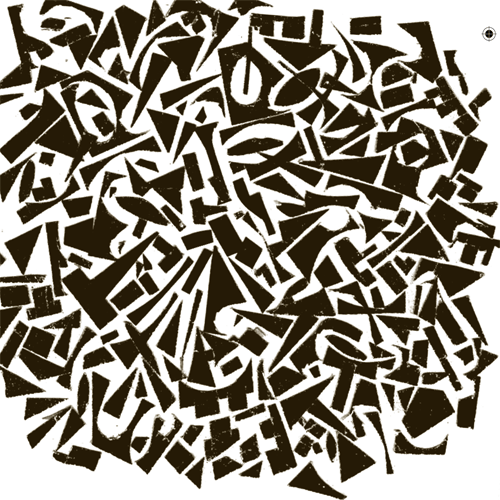 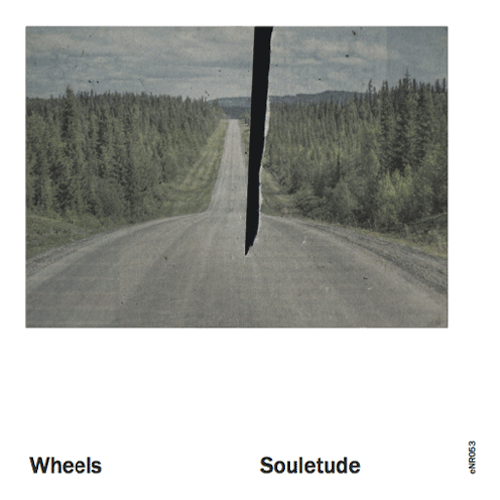
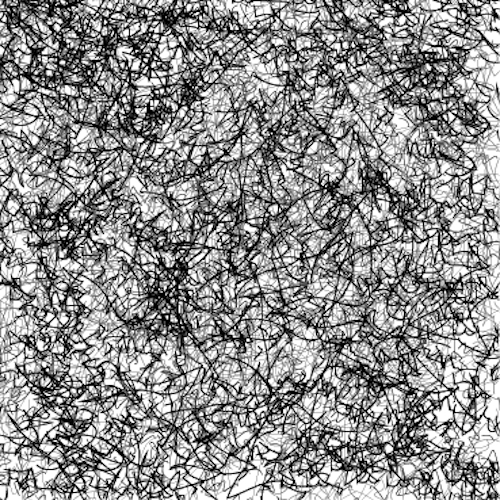 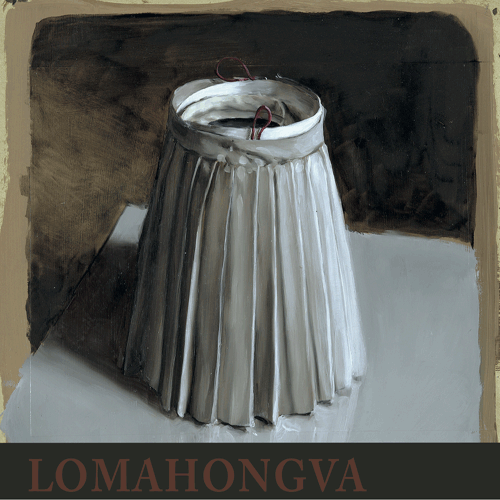 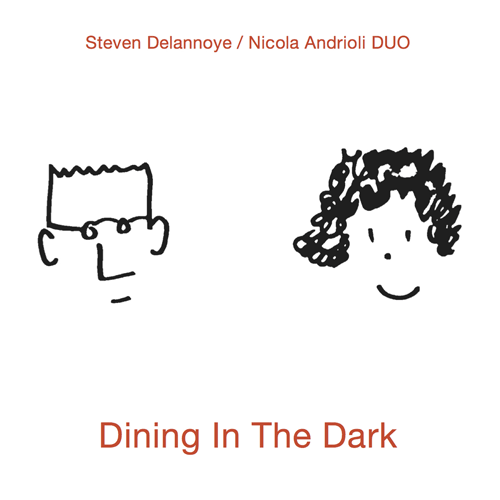 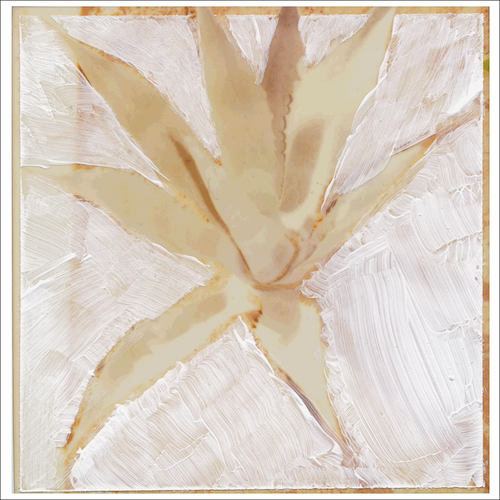 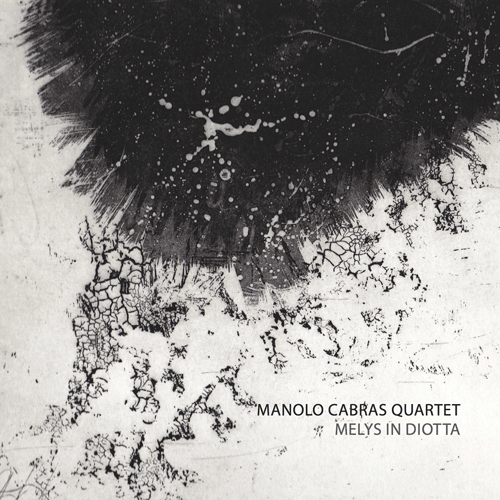
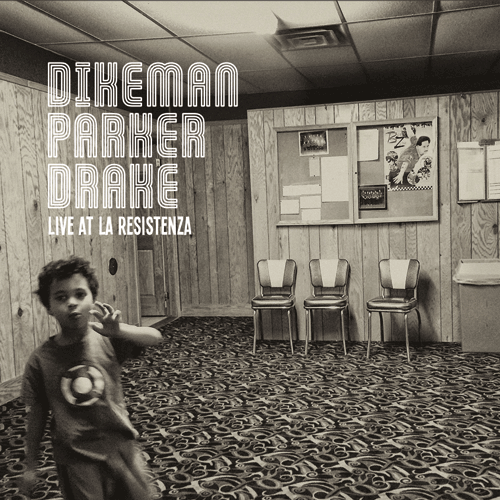 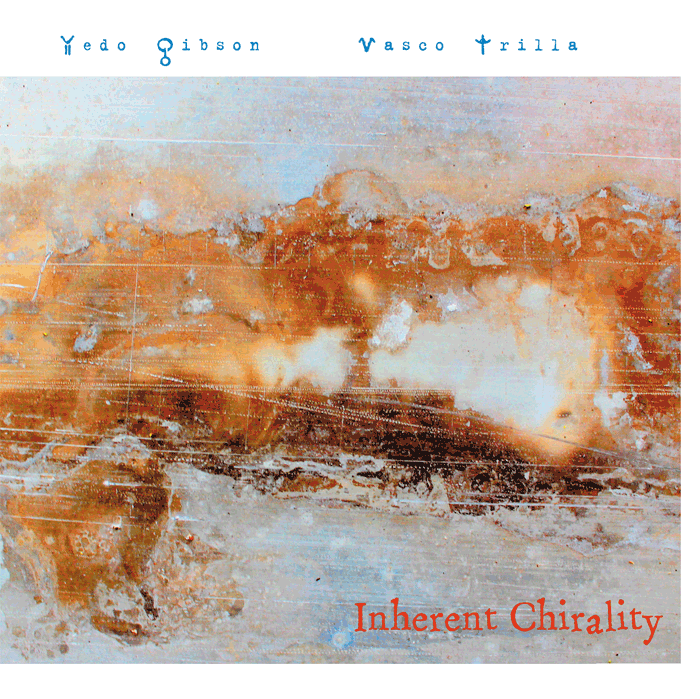 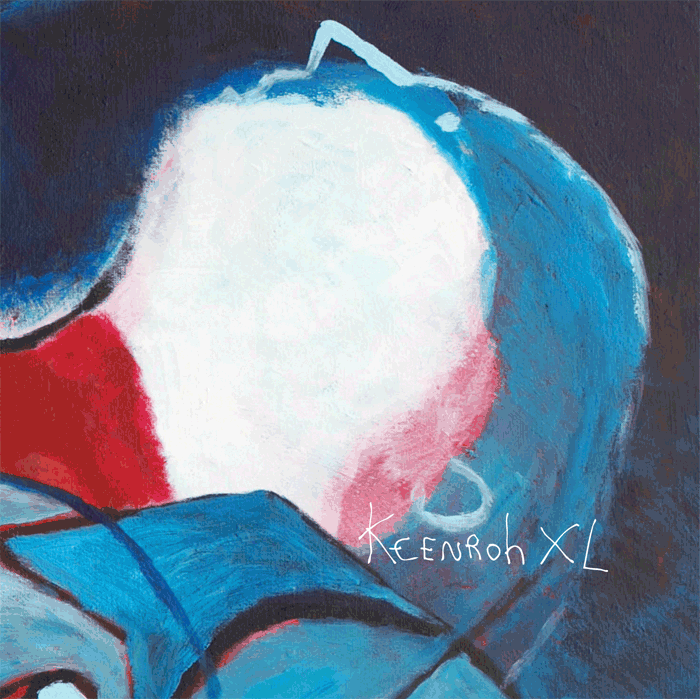 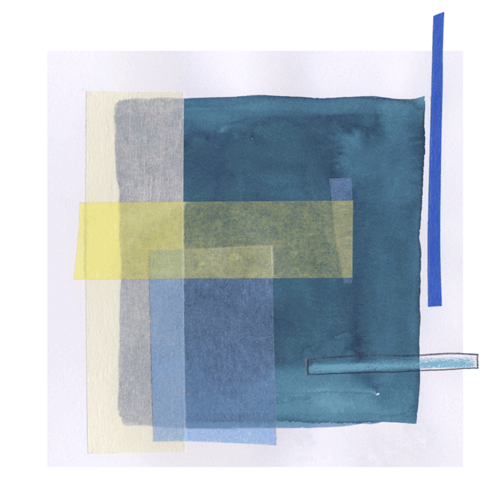 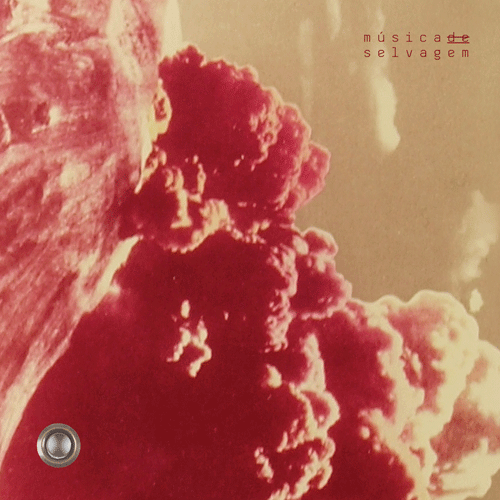
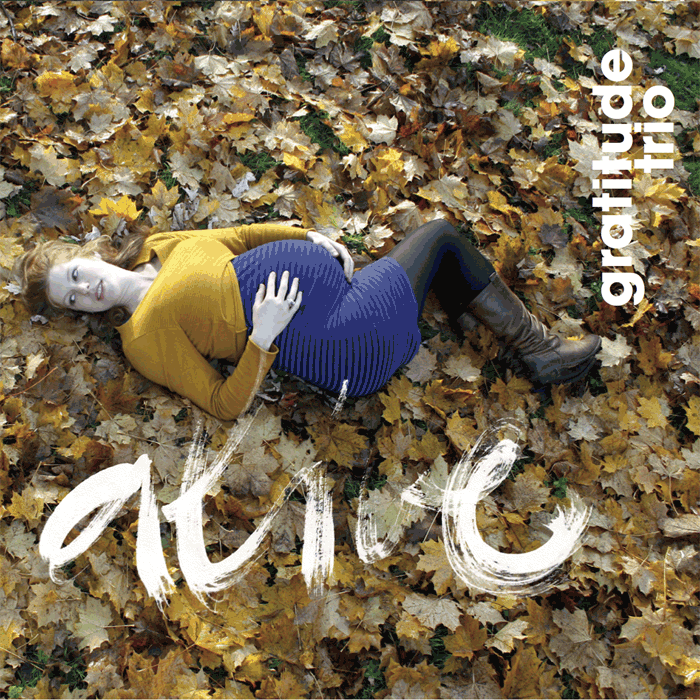 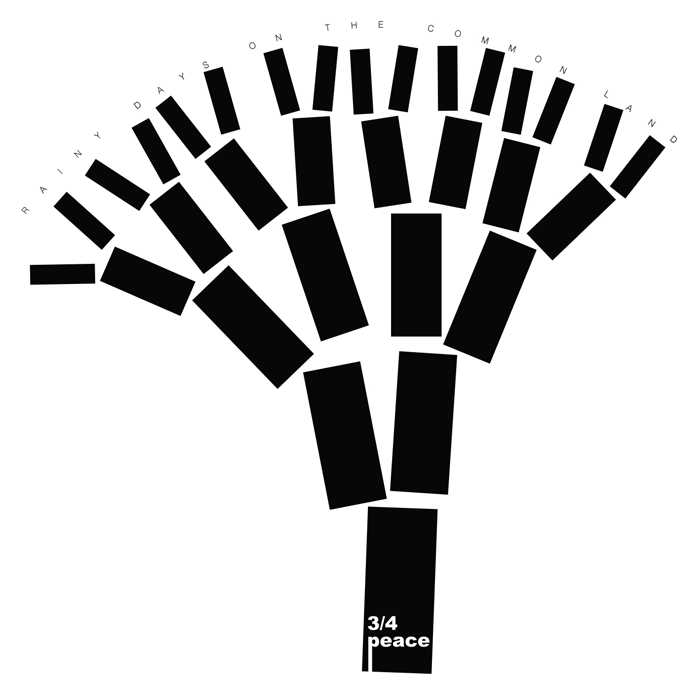 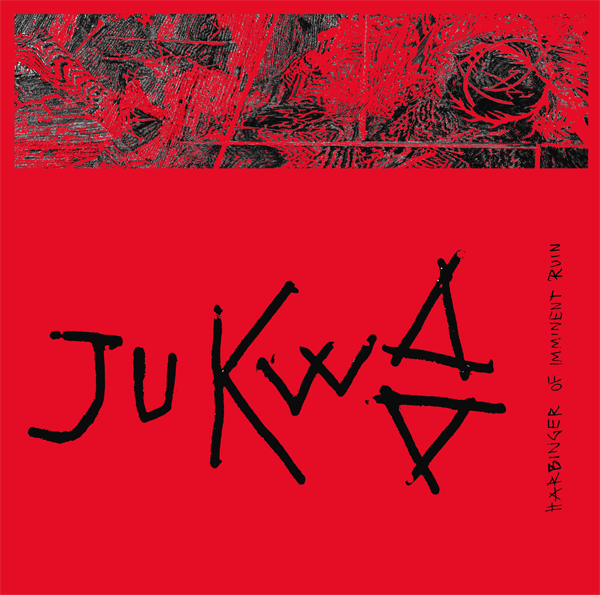 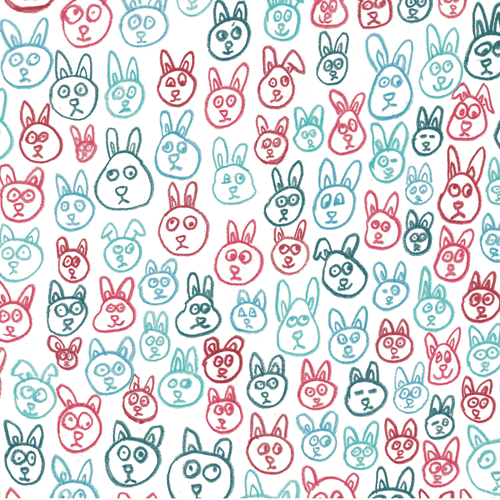 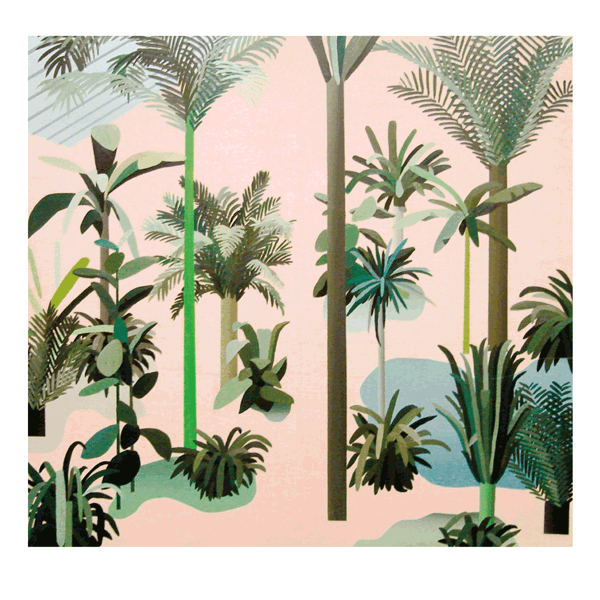
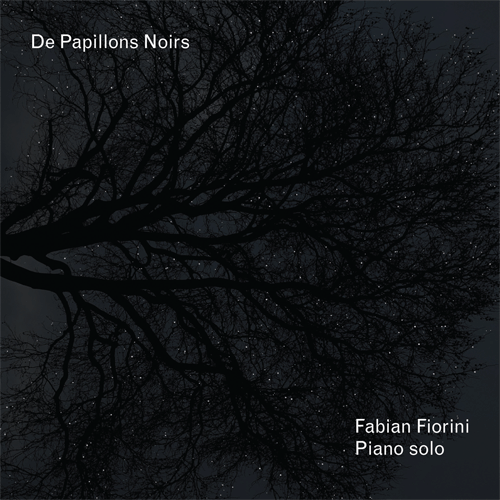 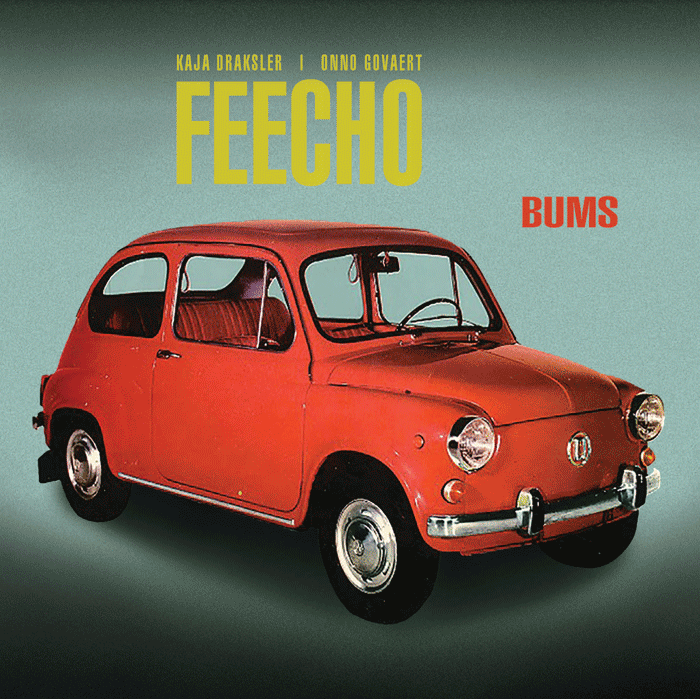 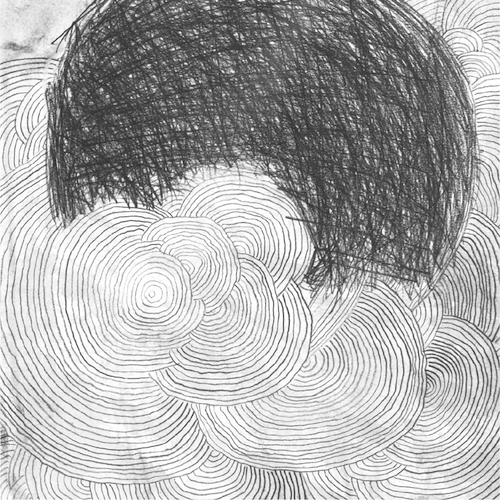 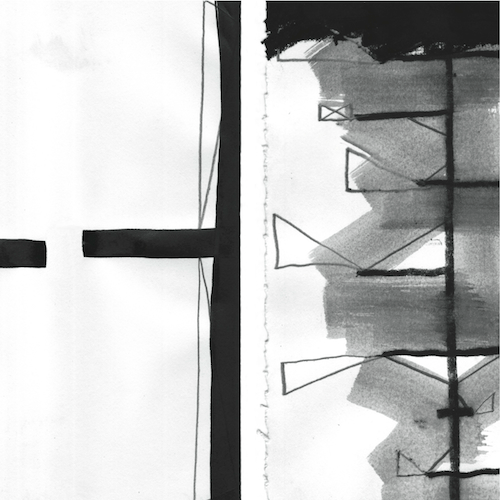 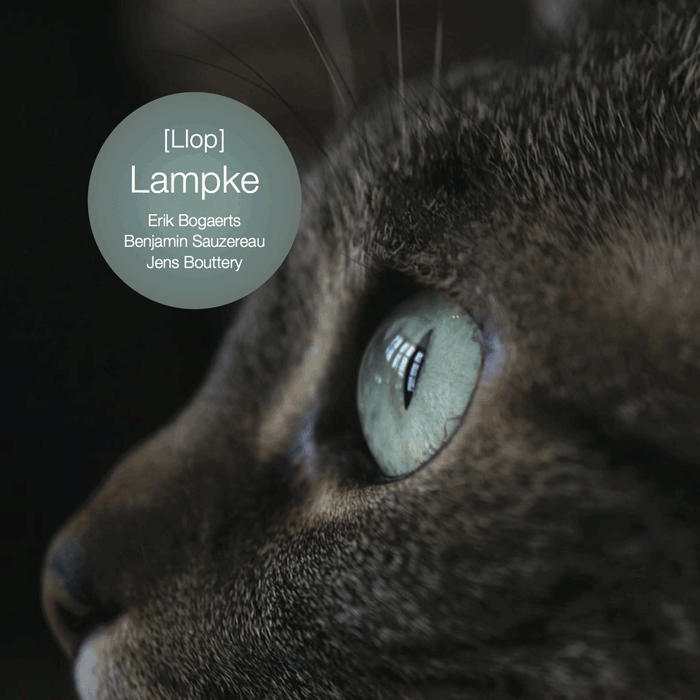
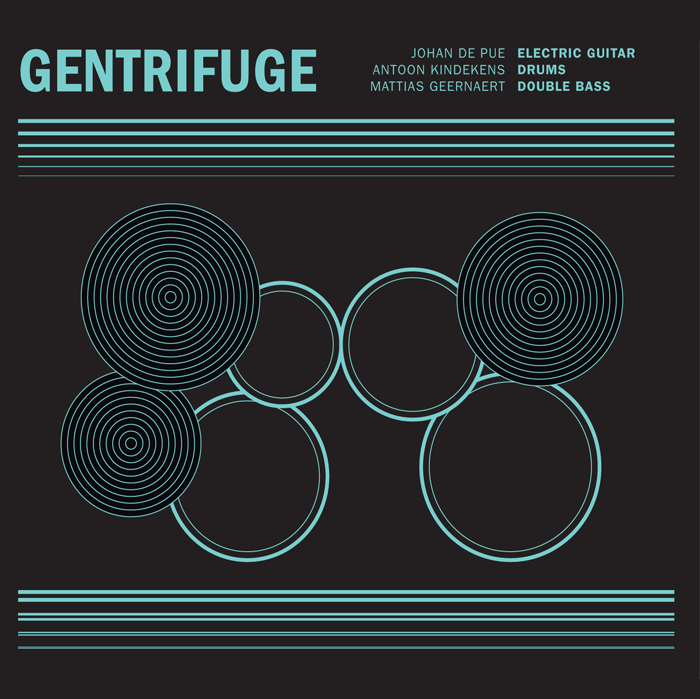 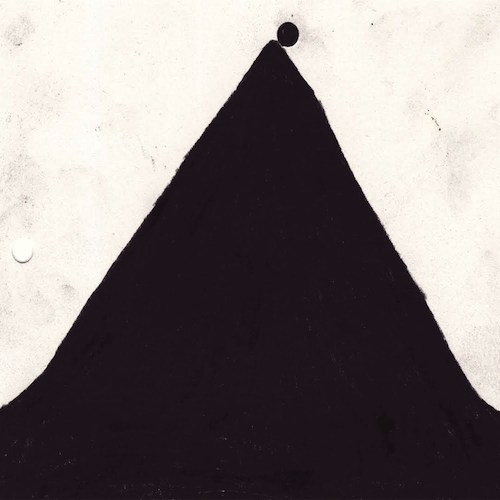 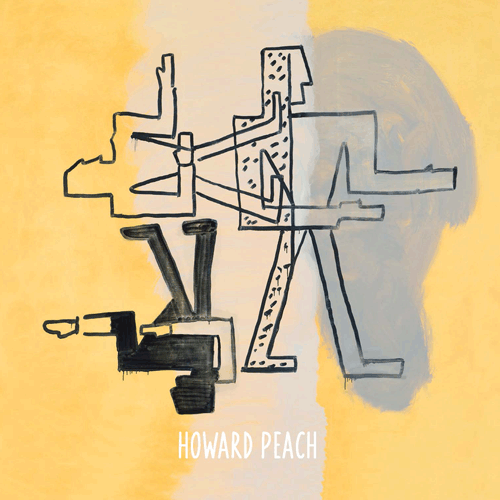 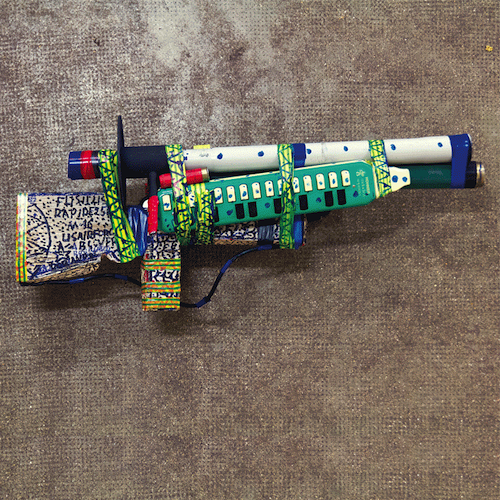 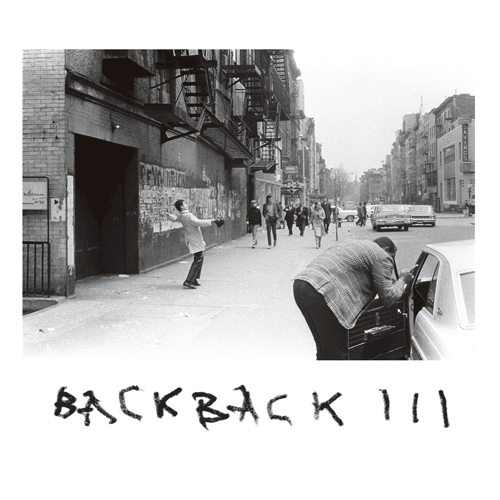
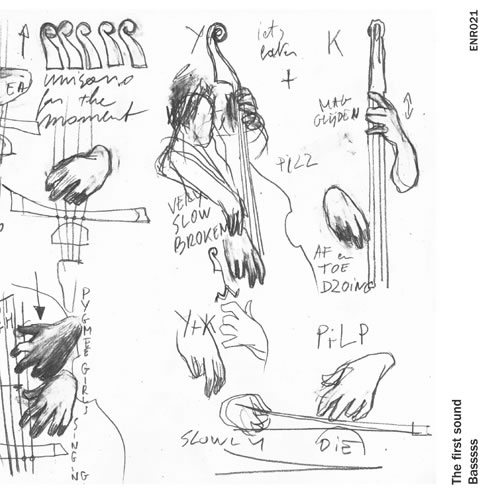 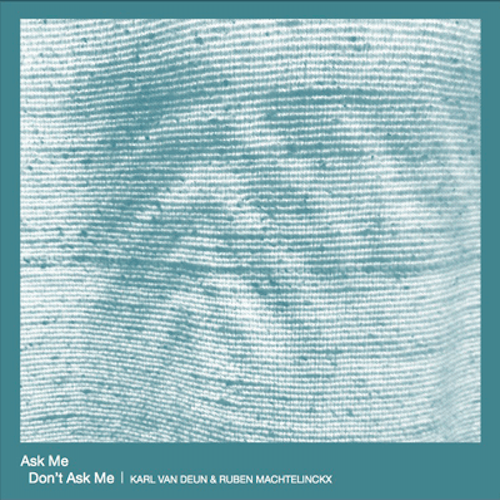 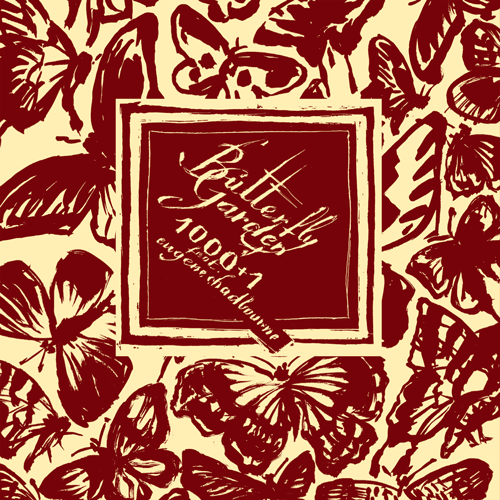 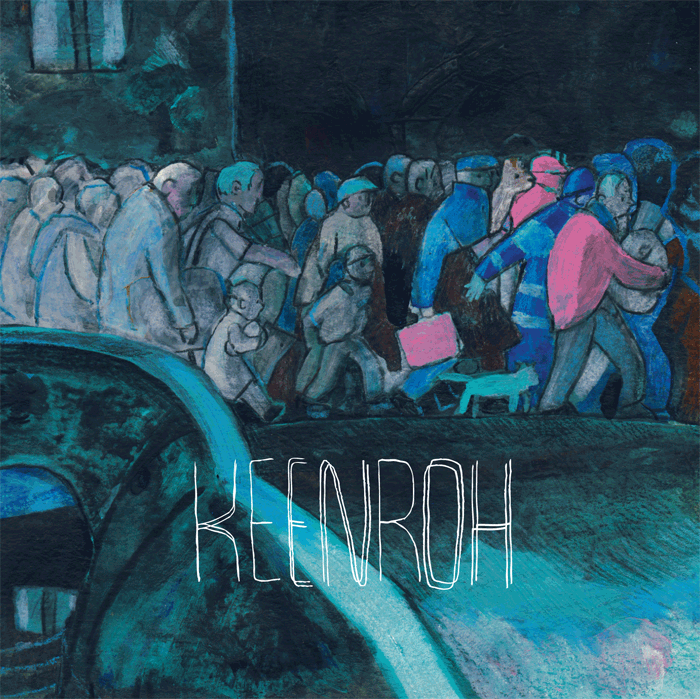 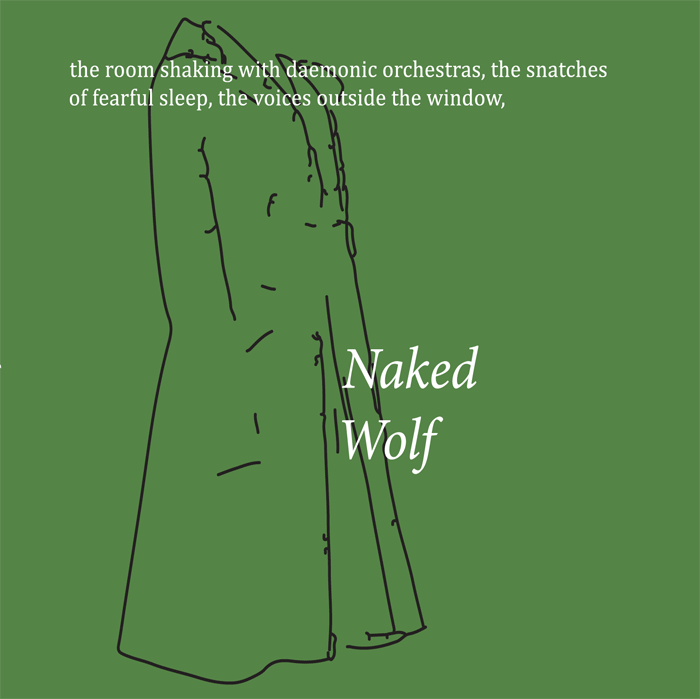
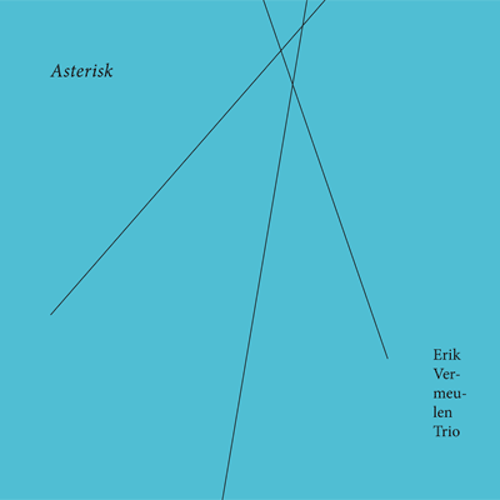 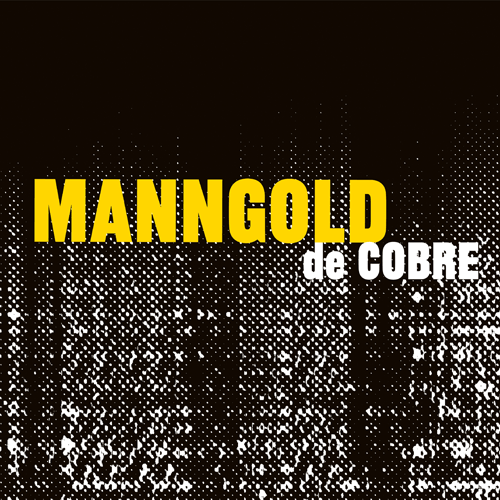 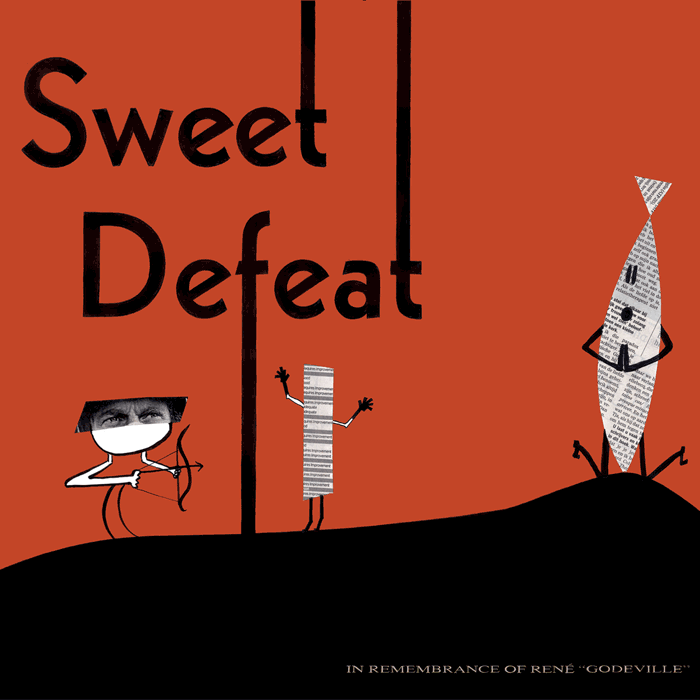 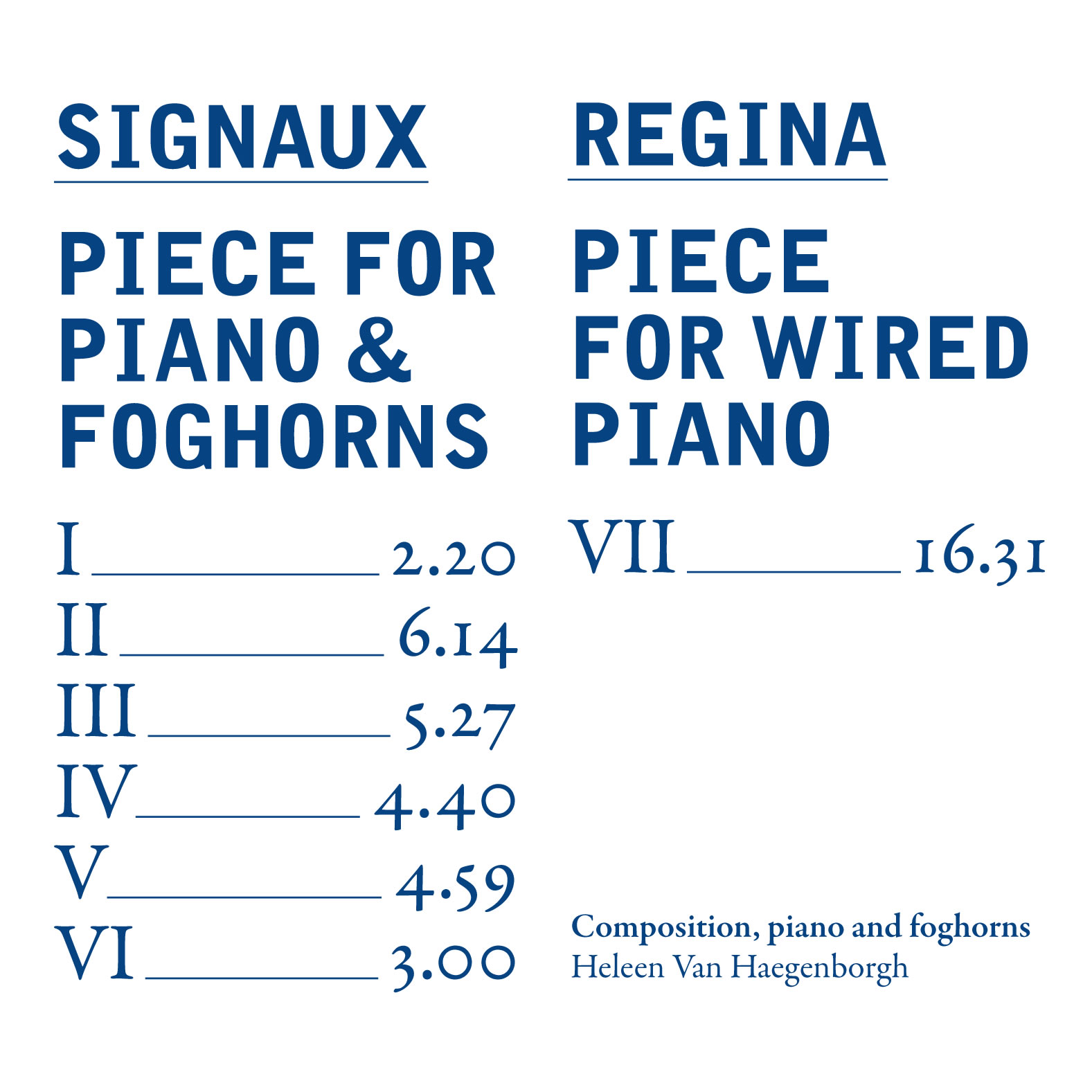 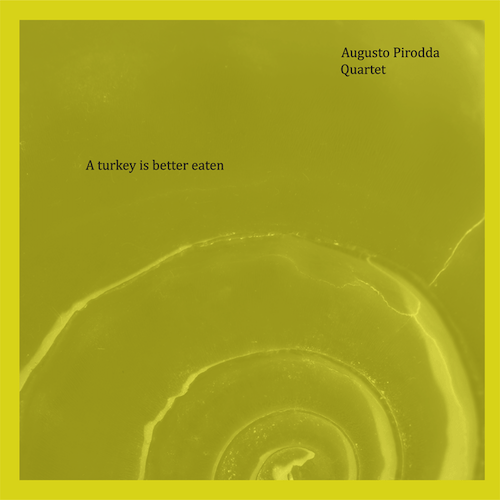
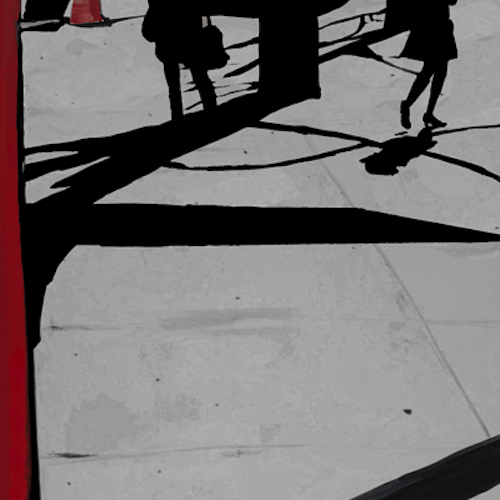 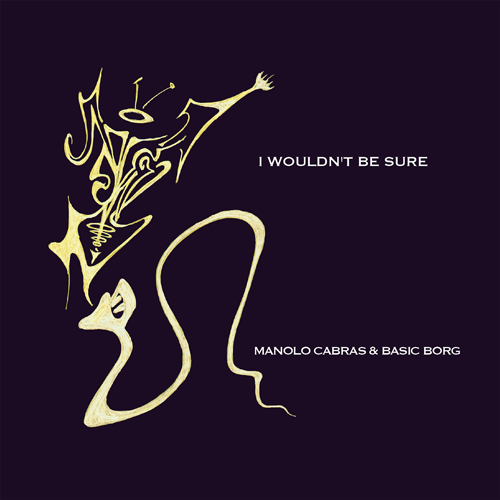 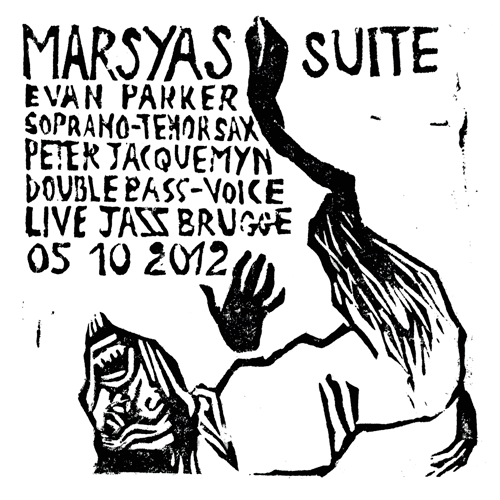 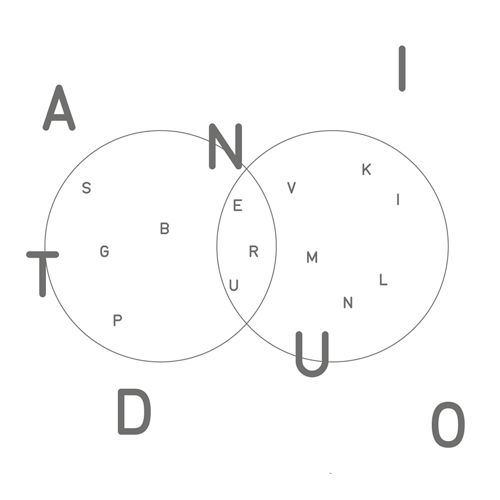 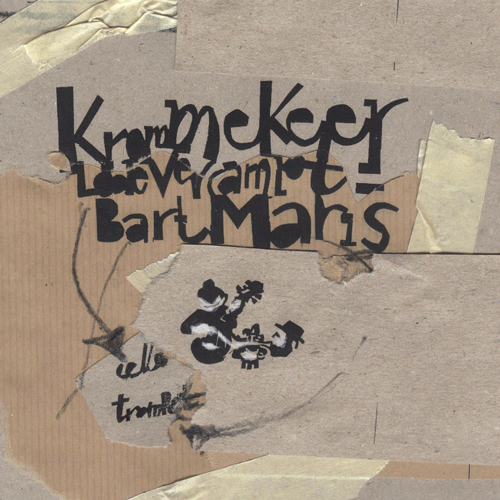
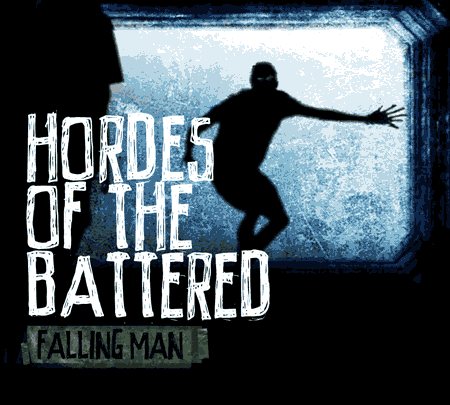 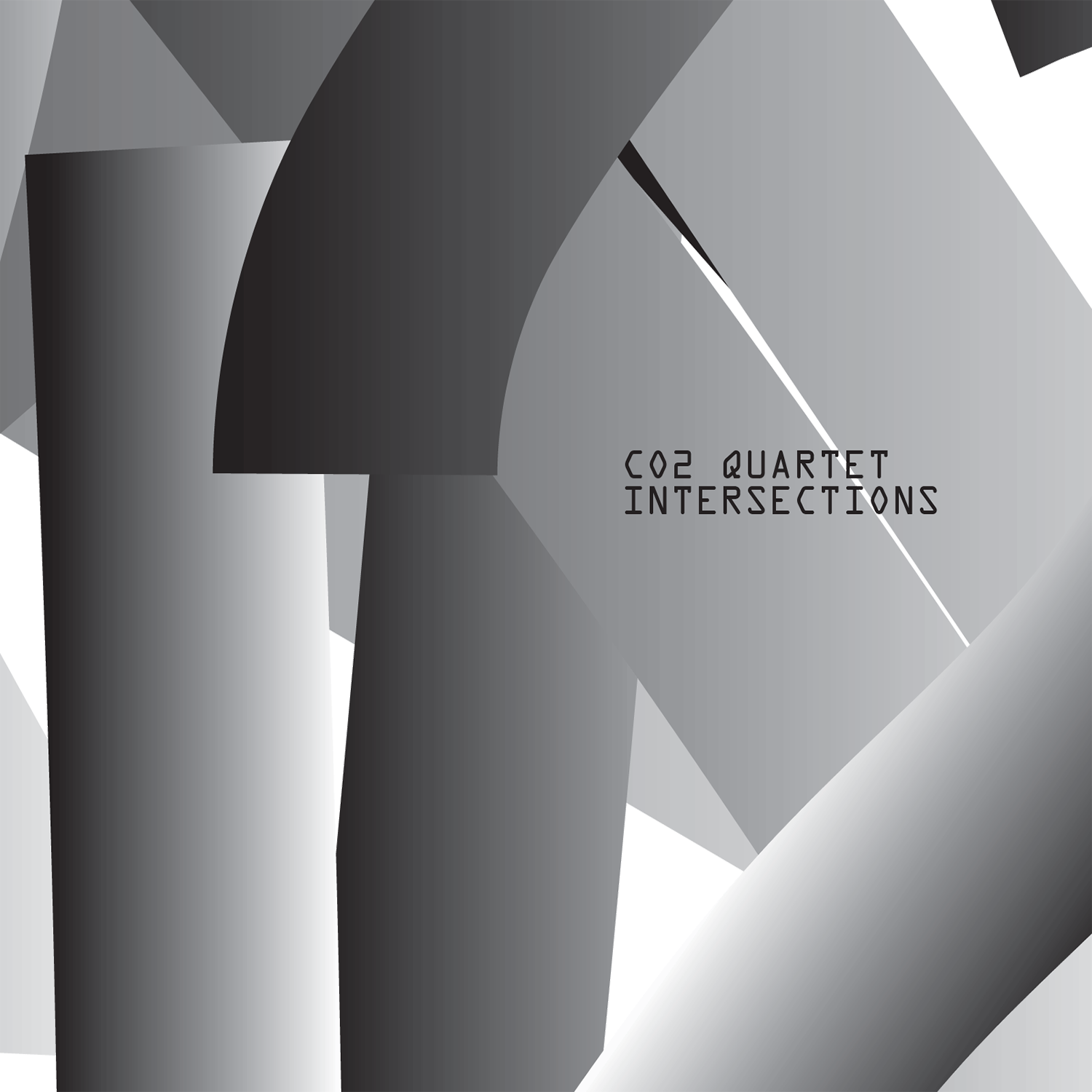 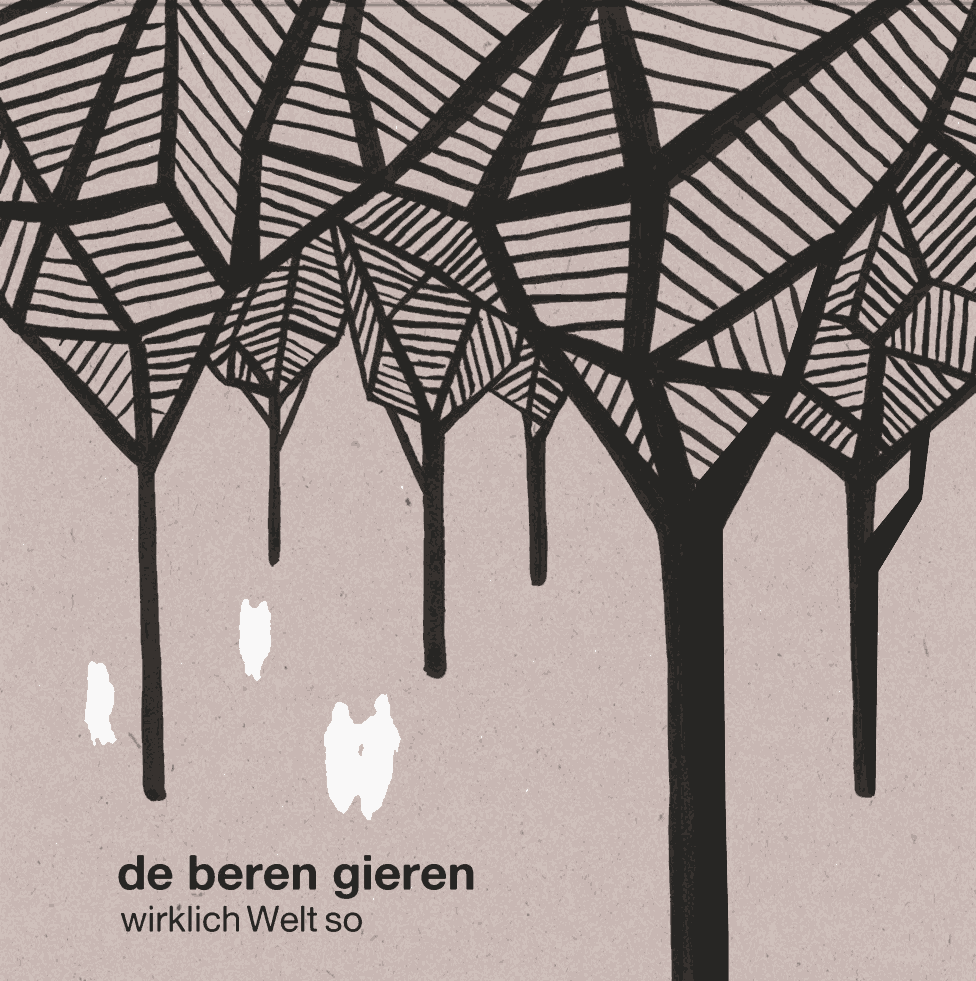 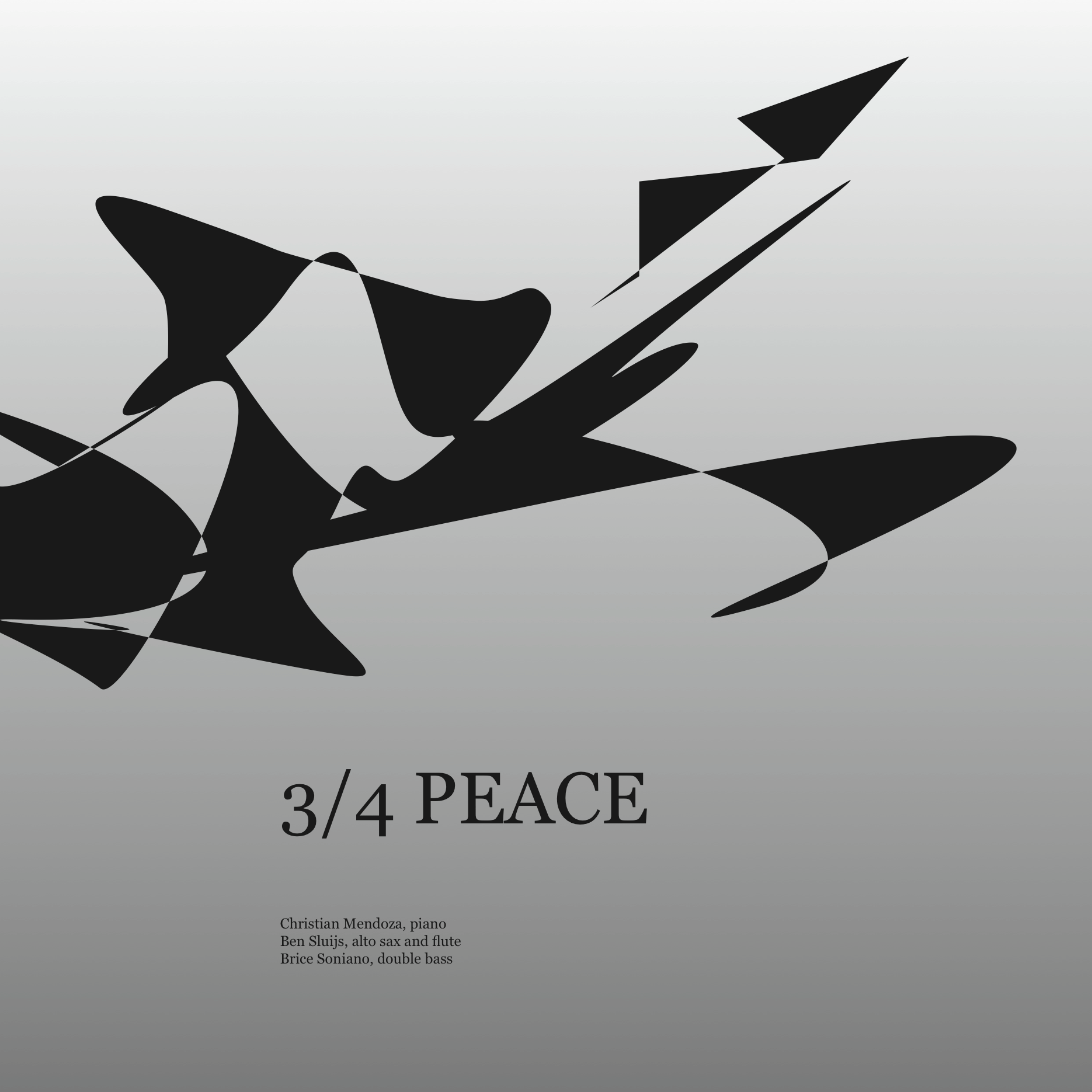 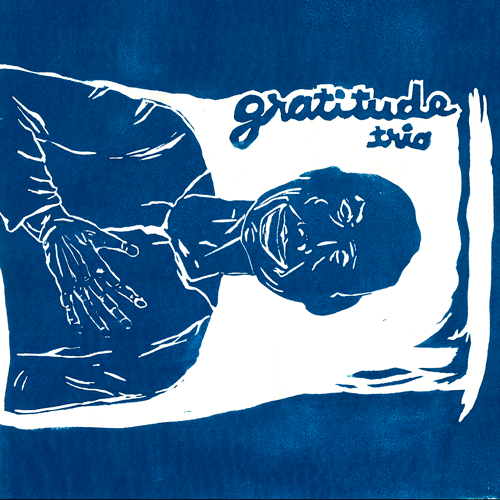
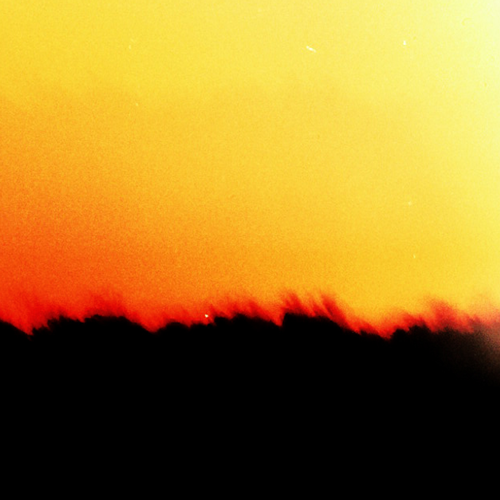 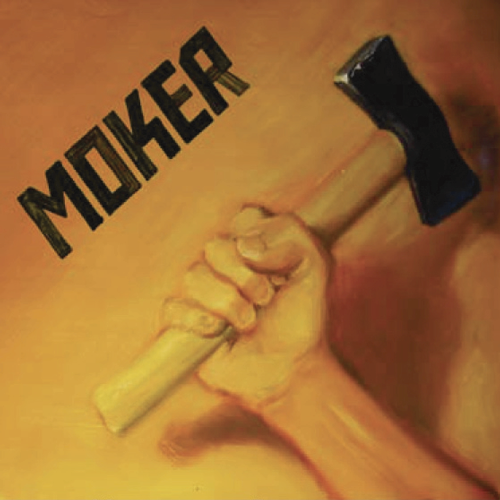 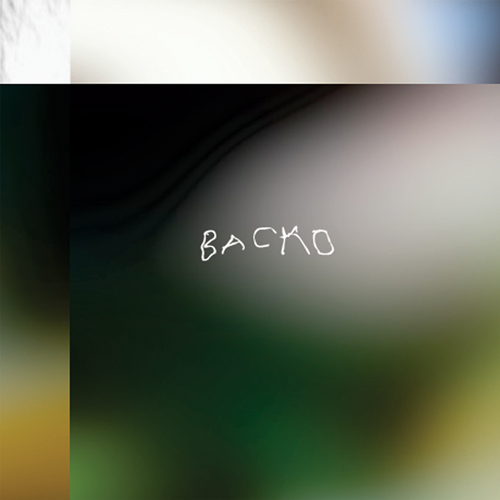 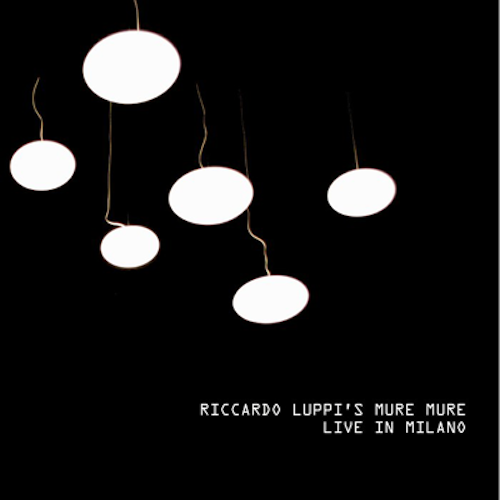 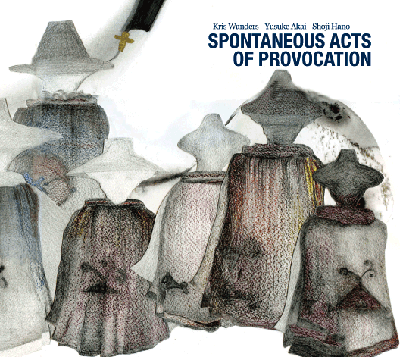
 |
|
